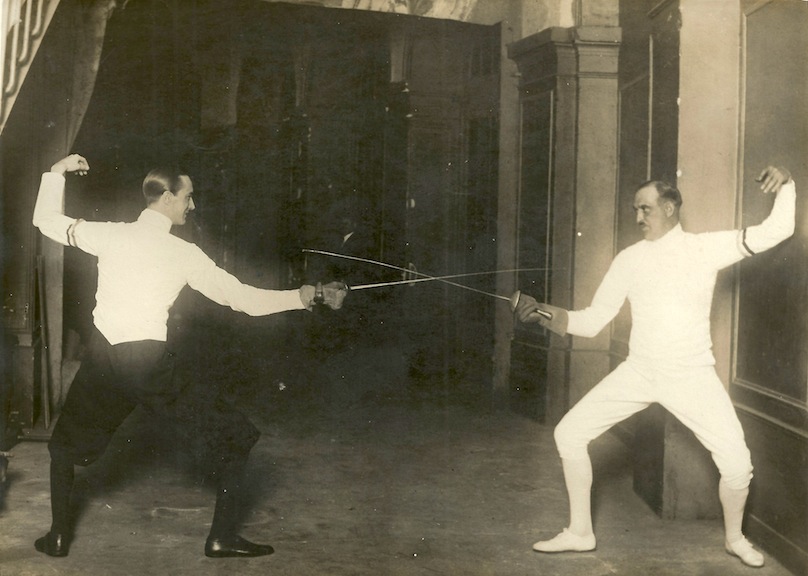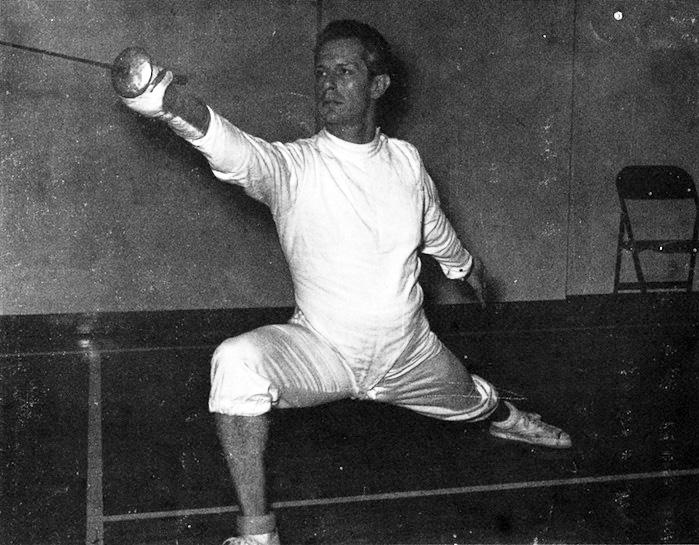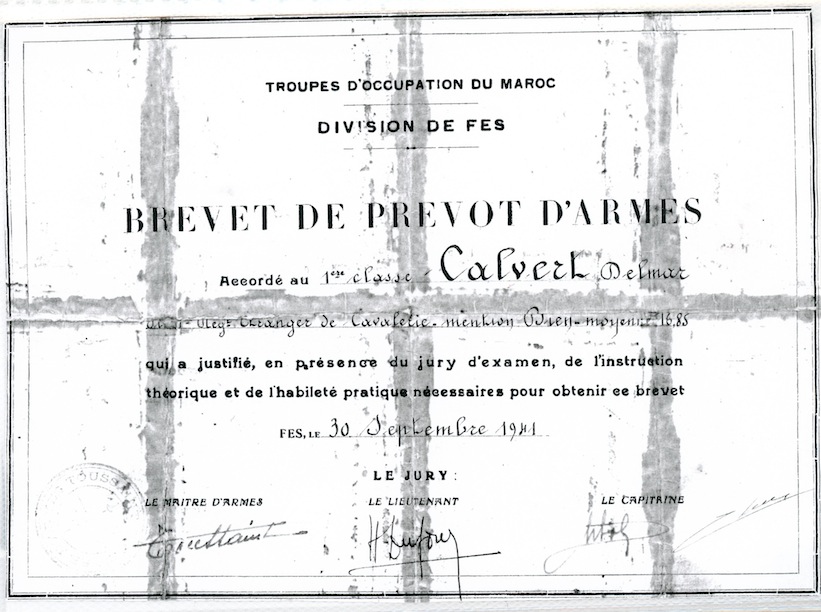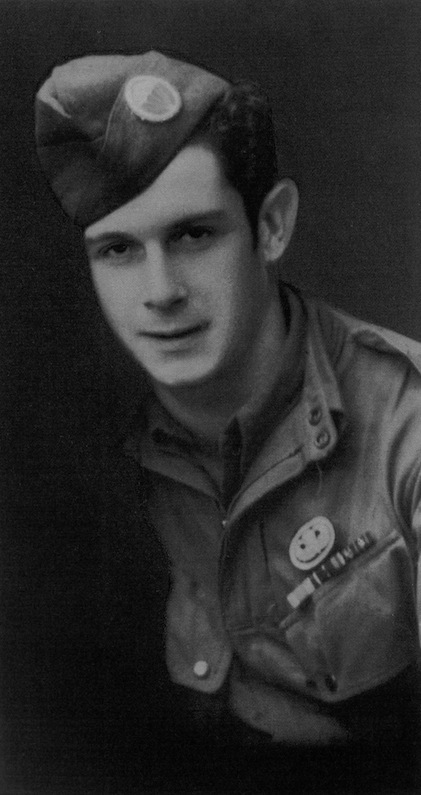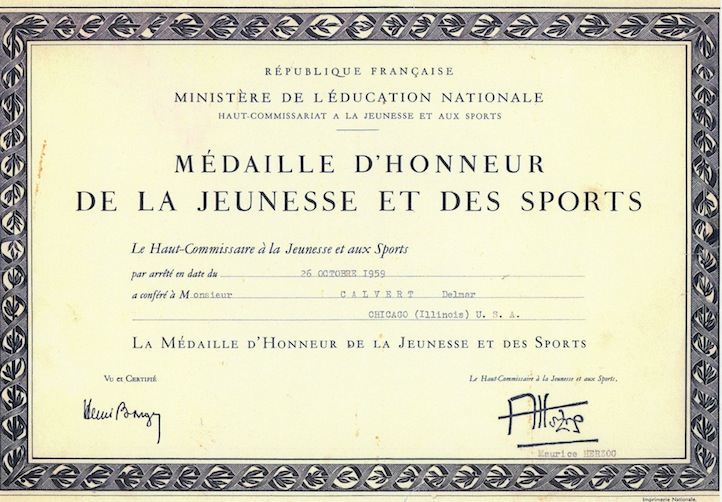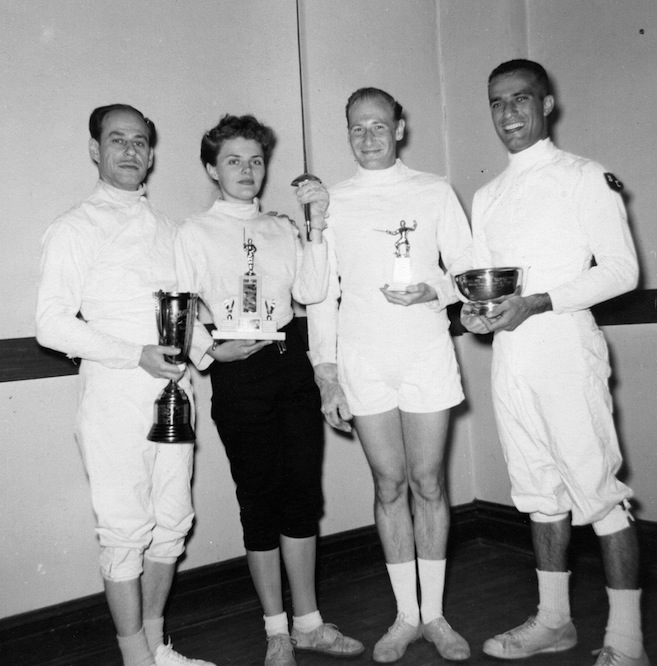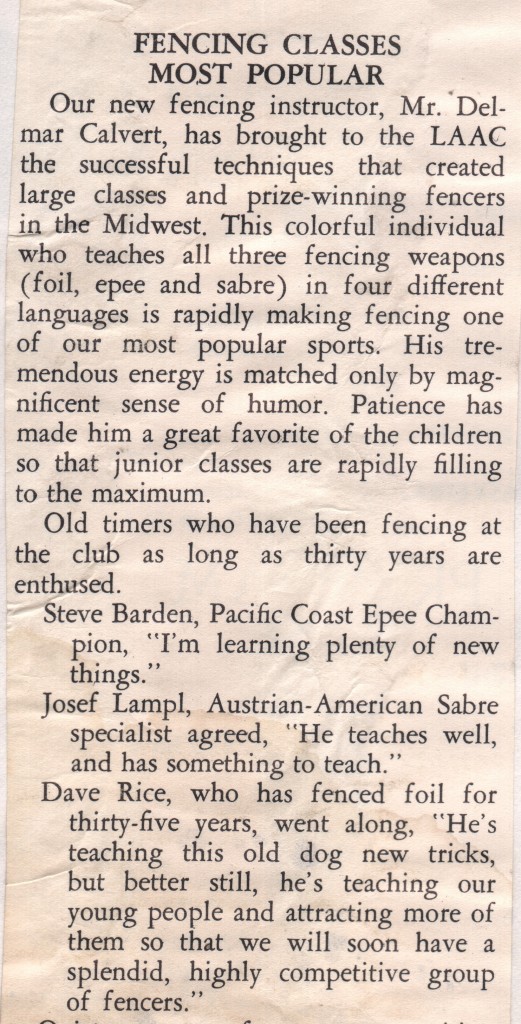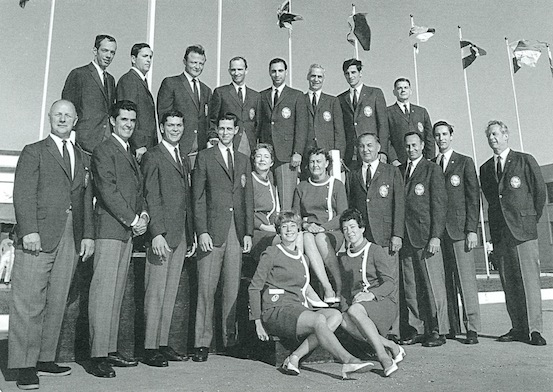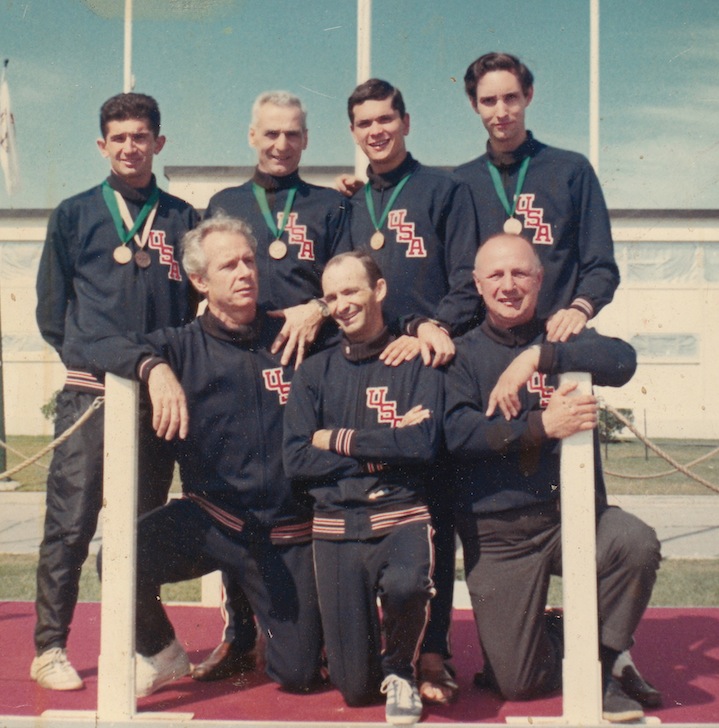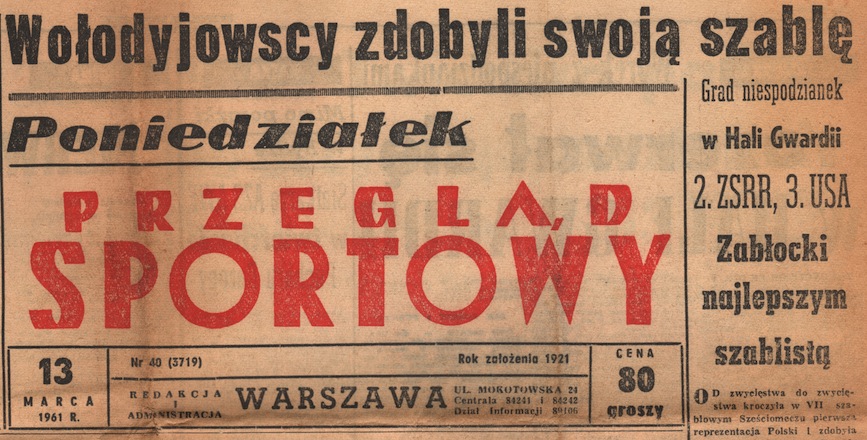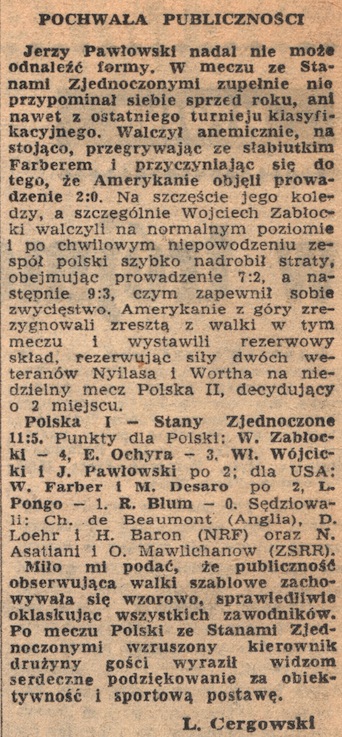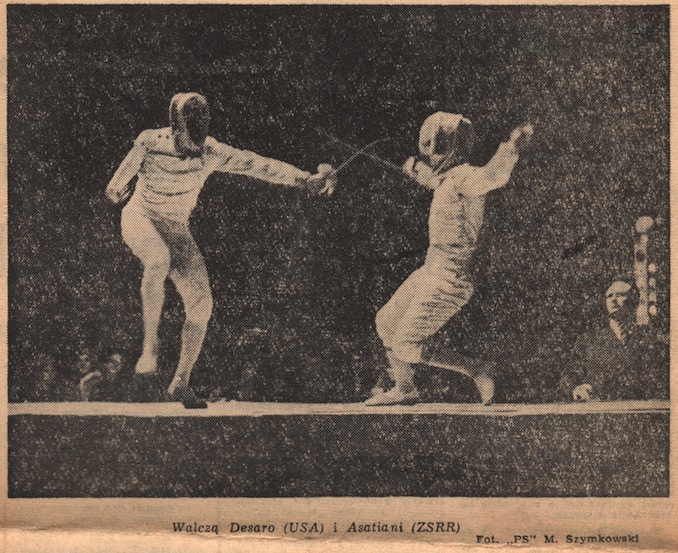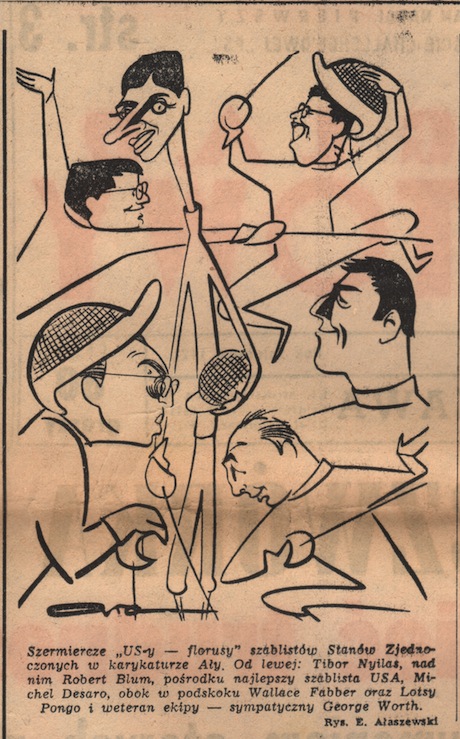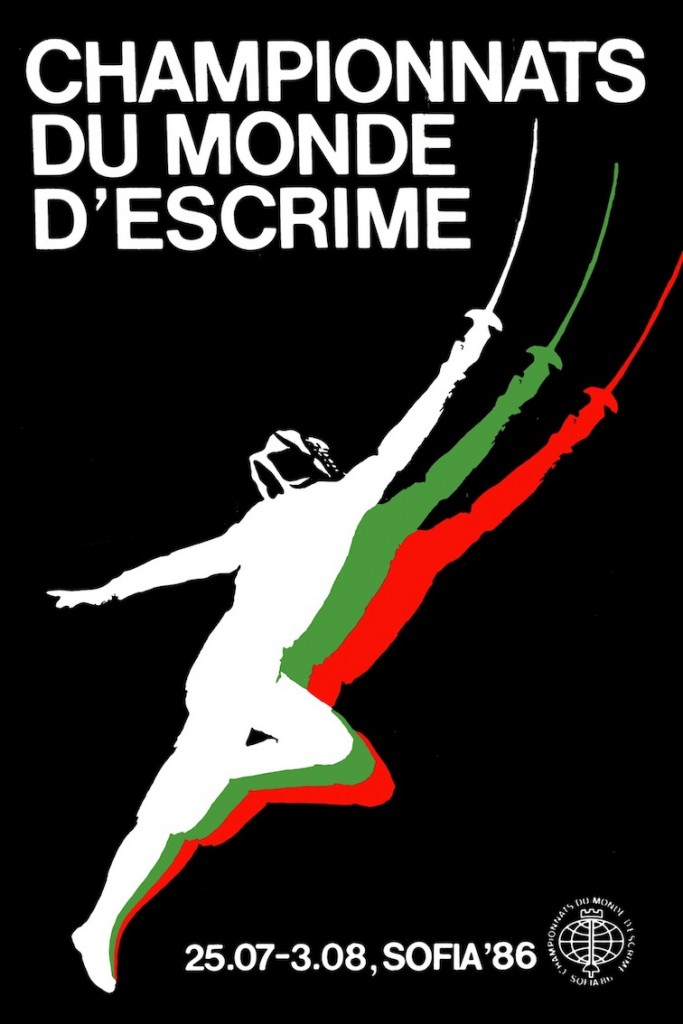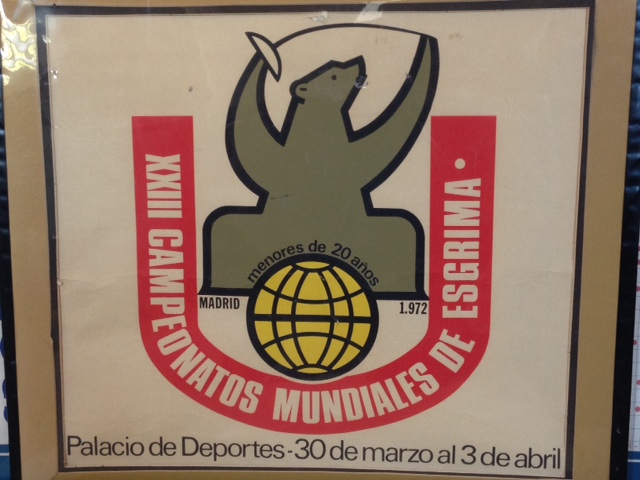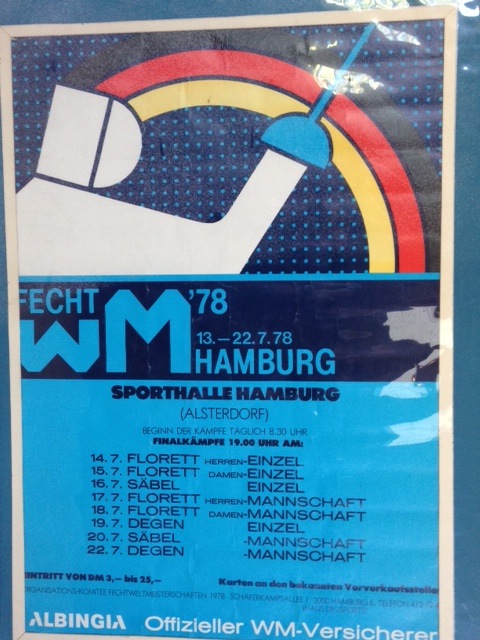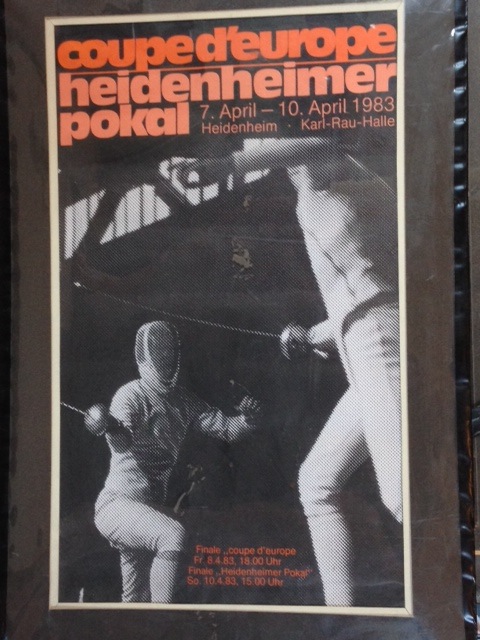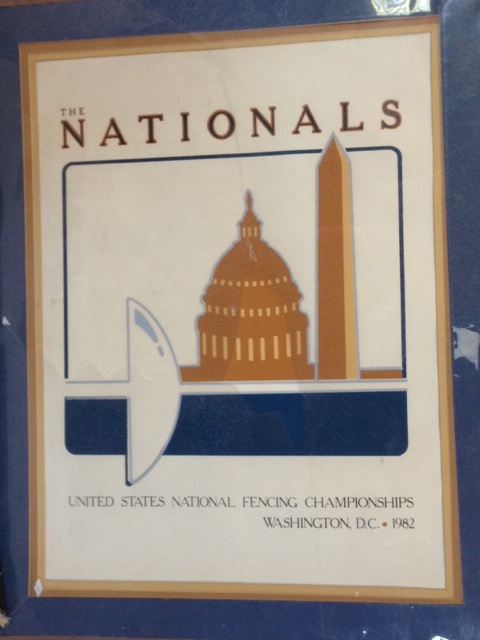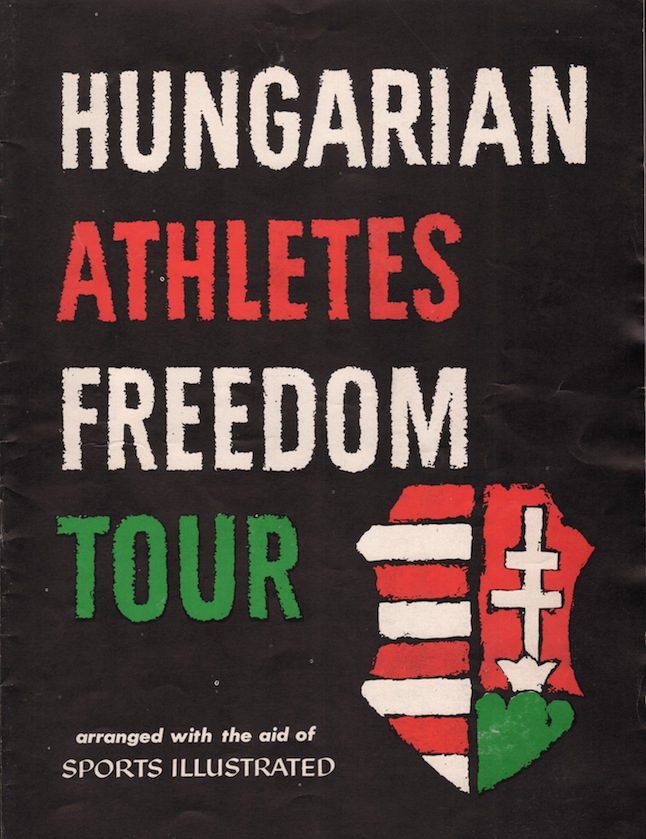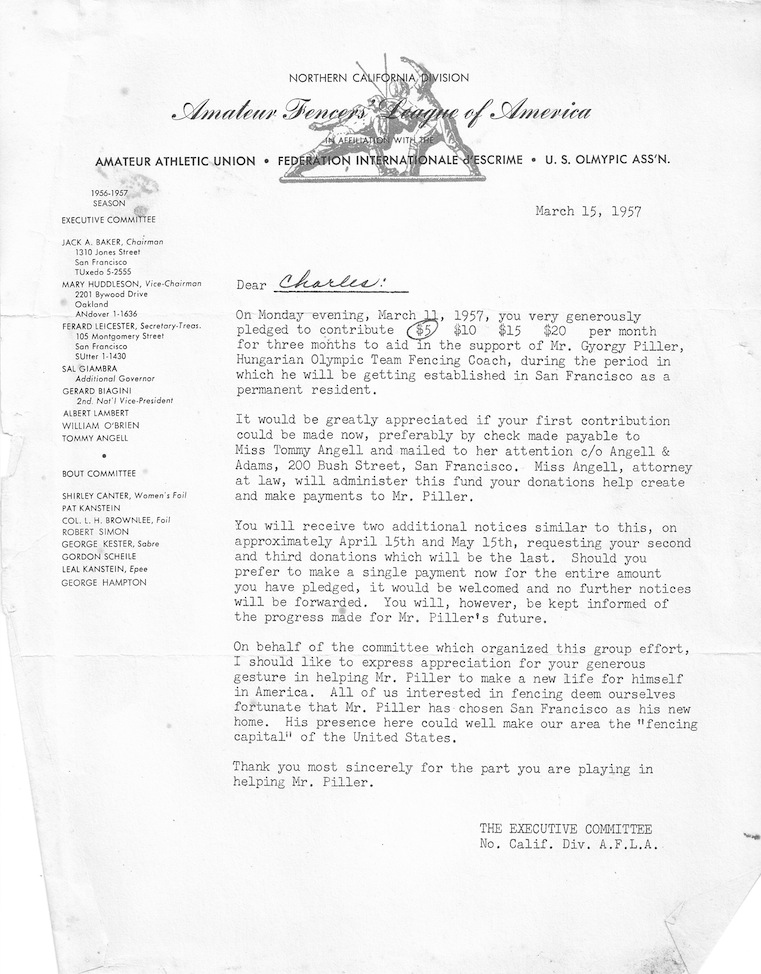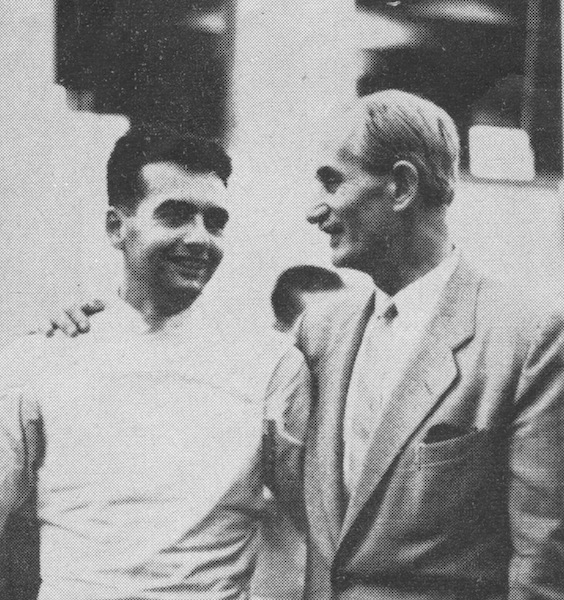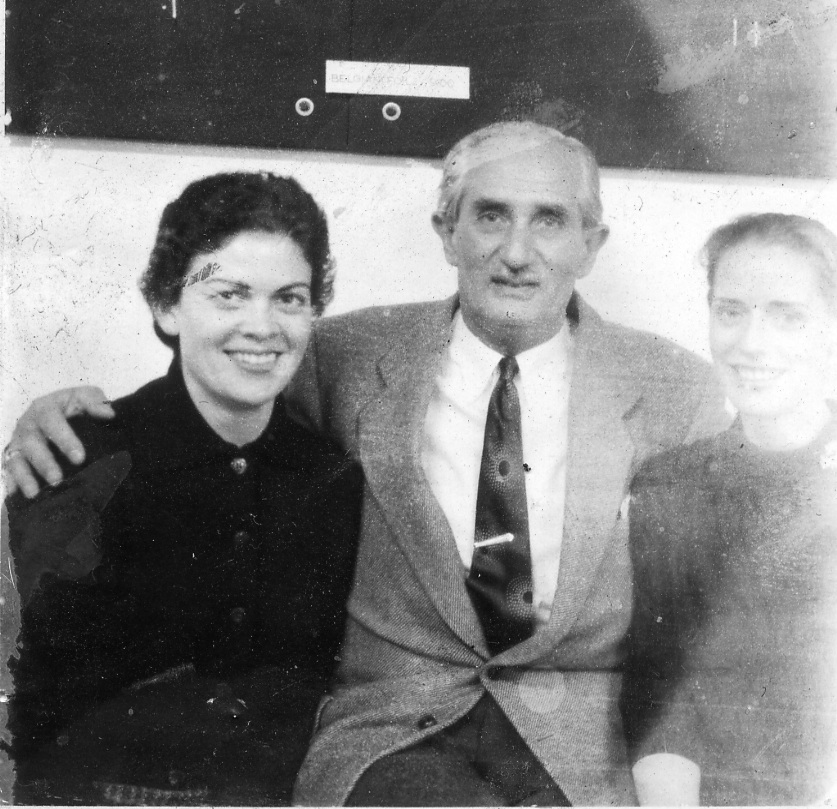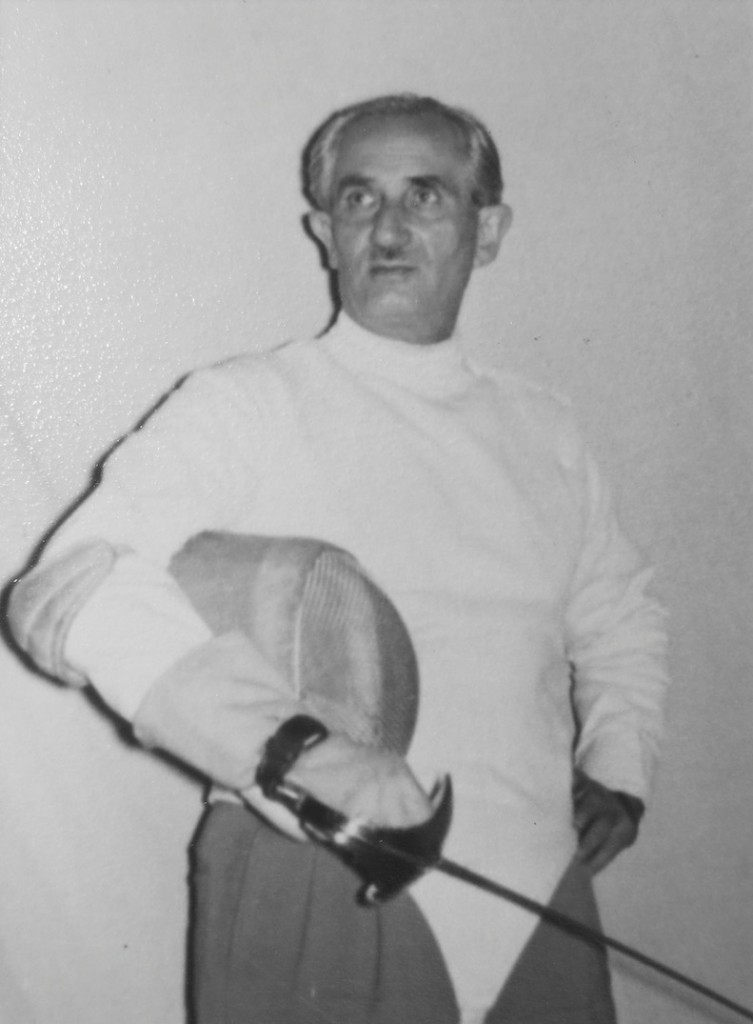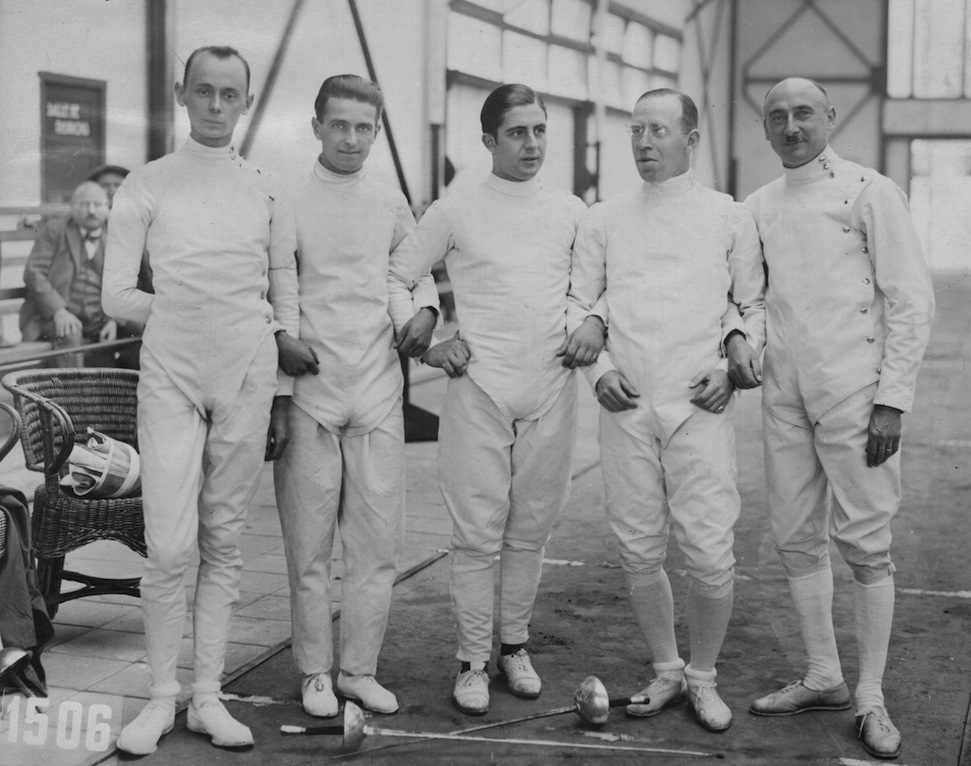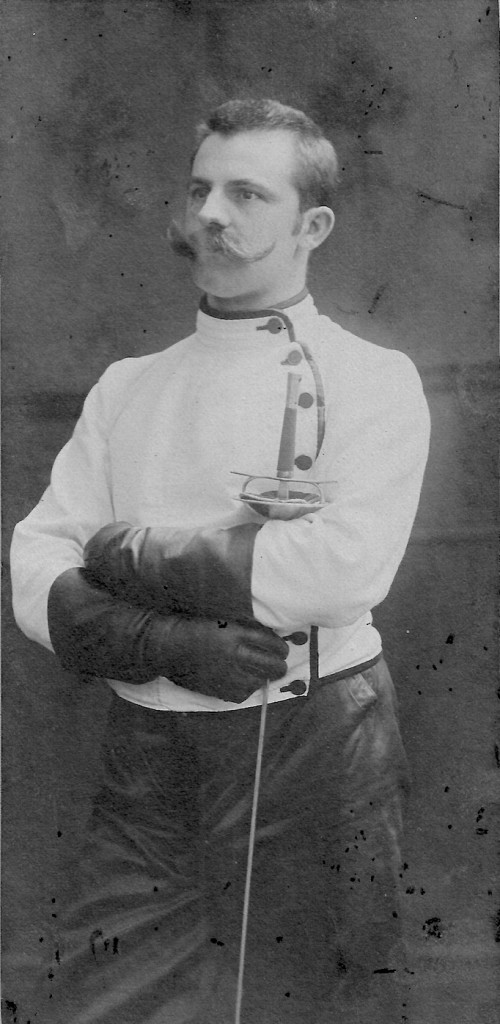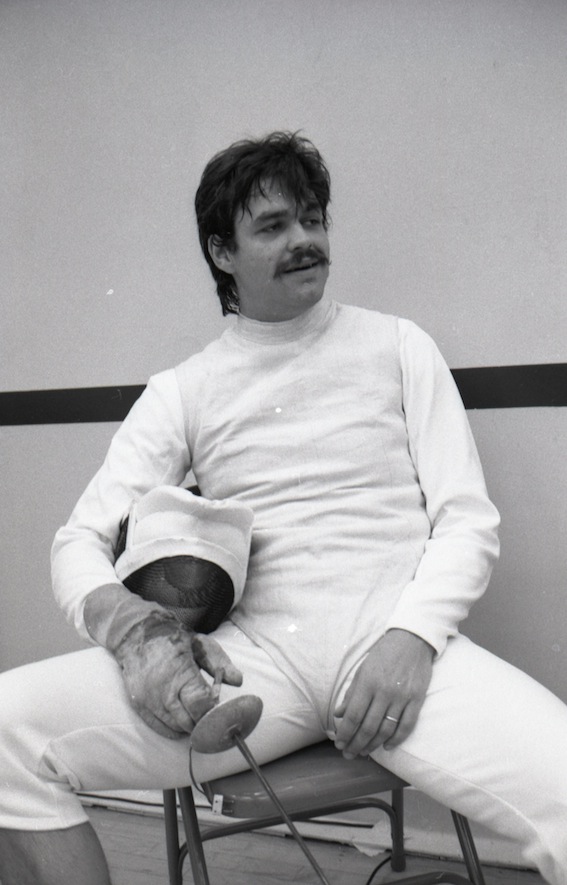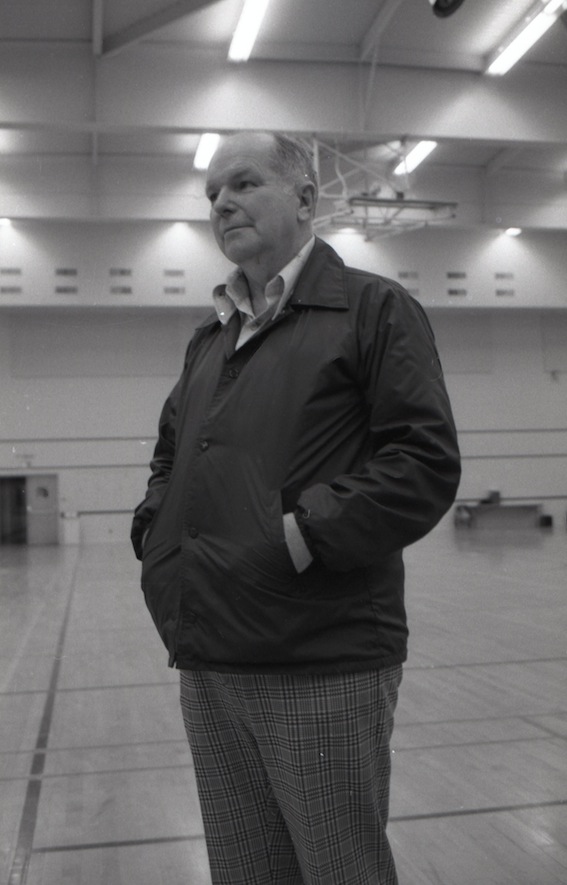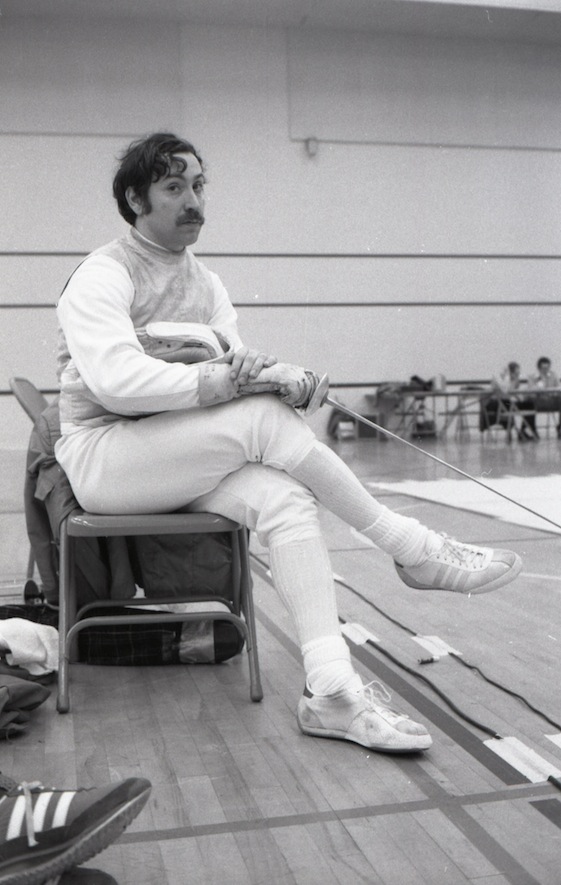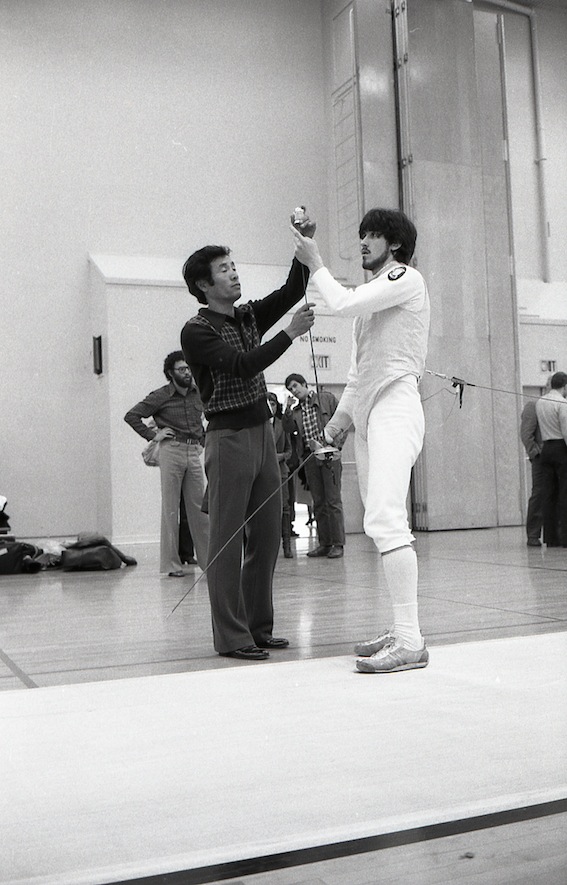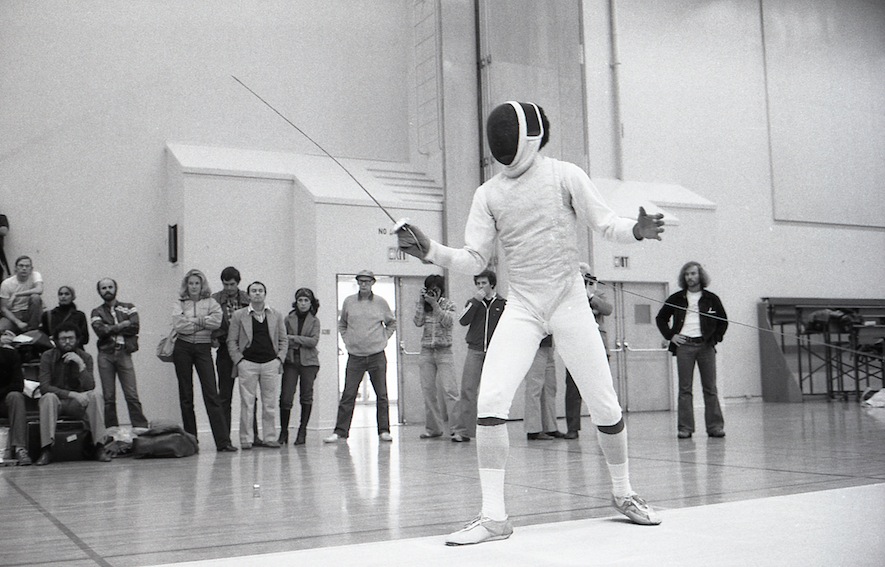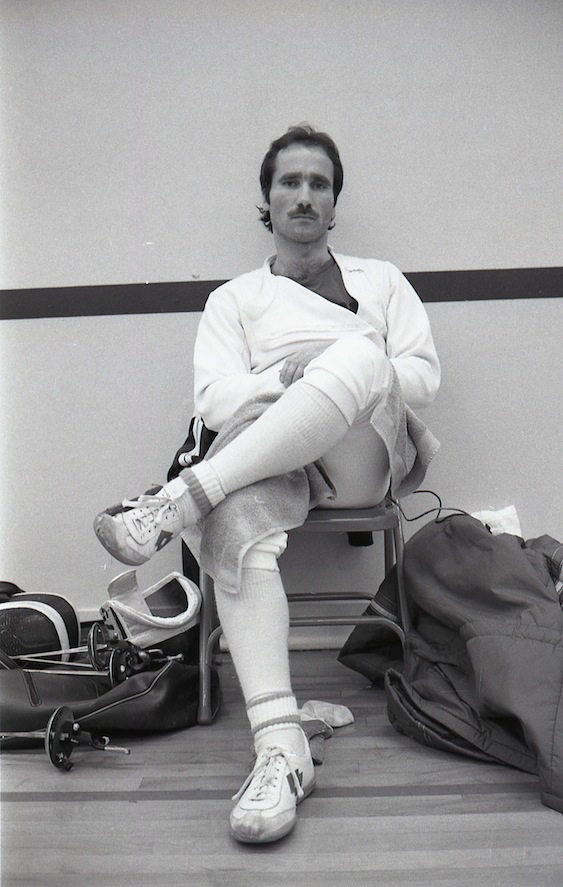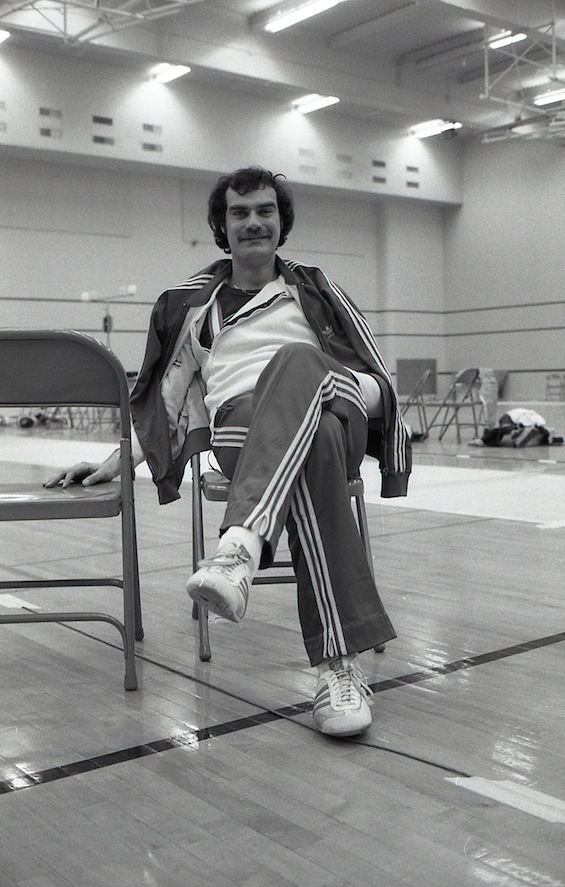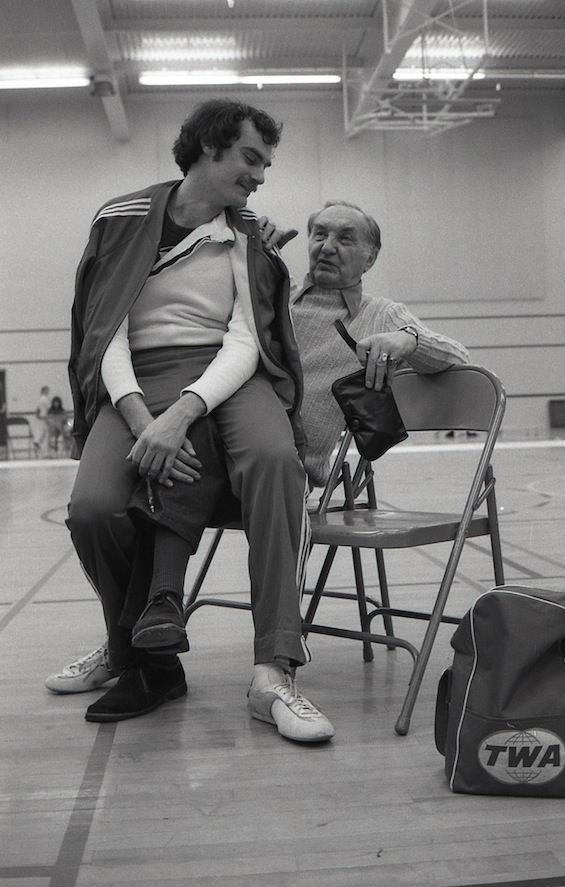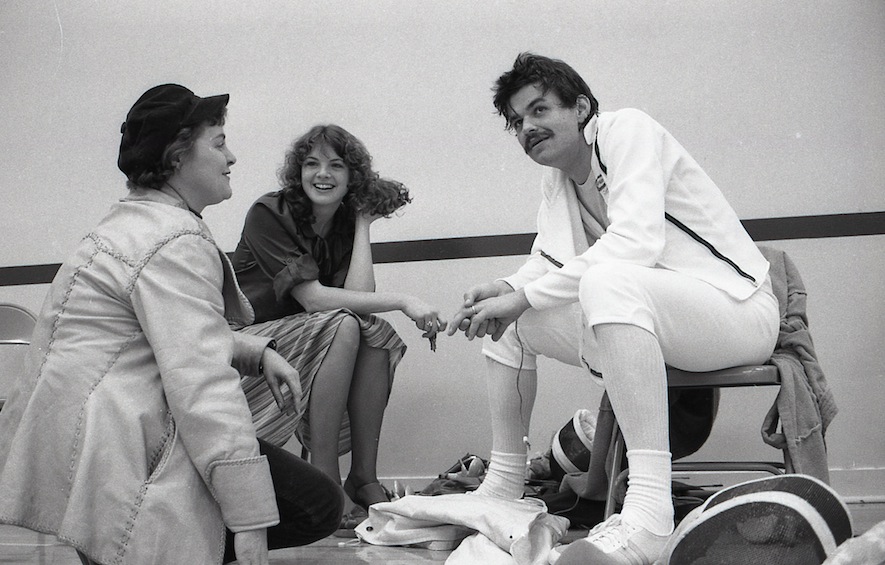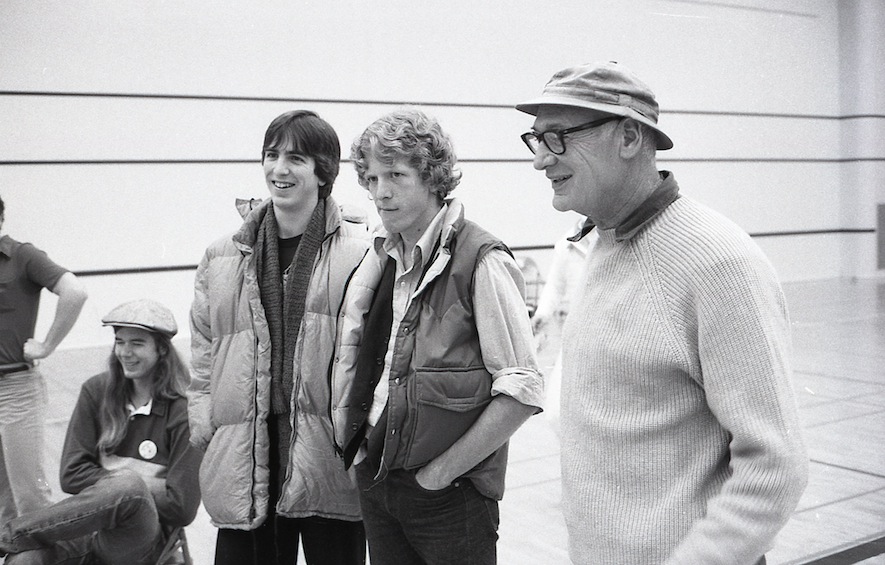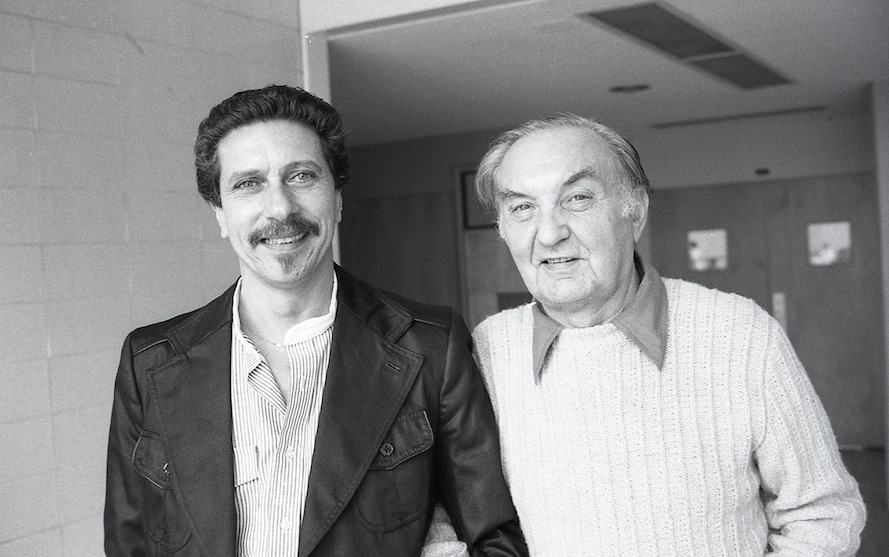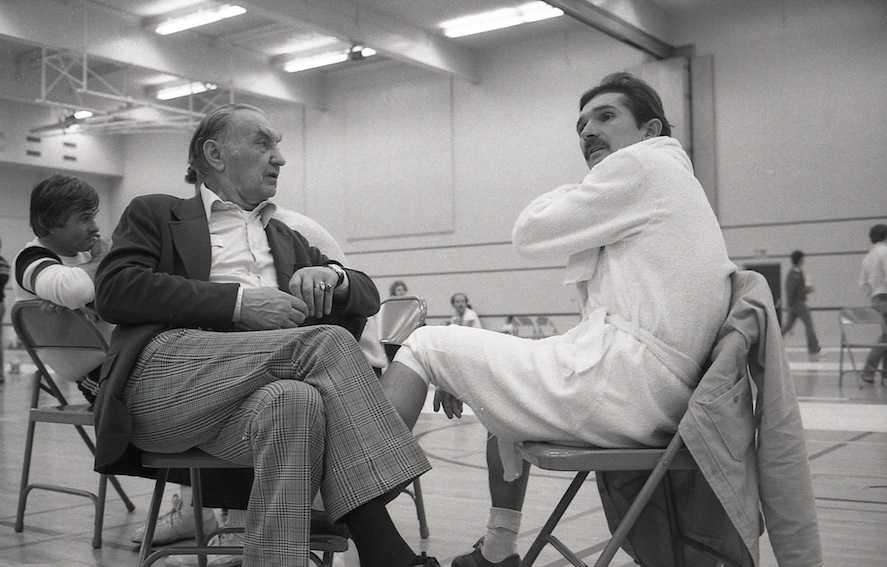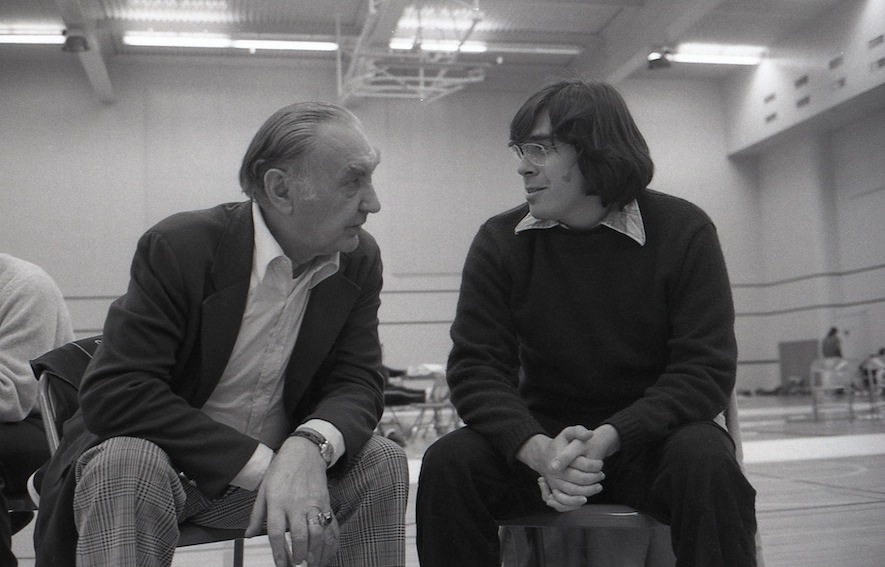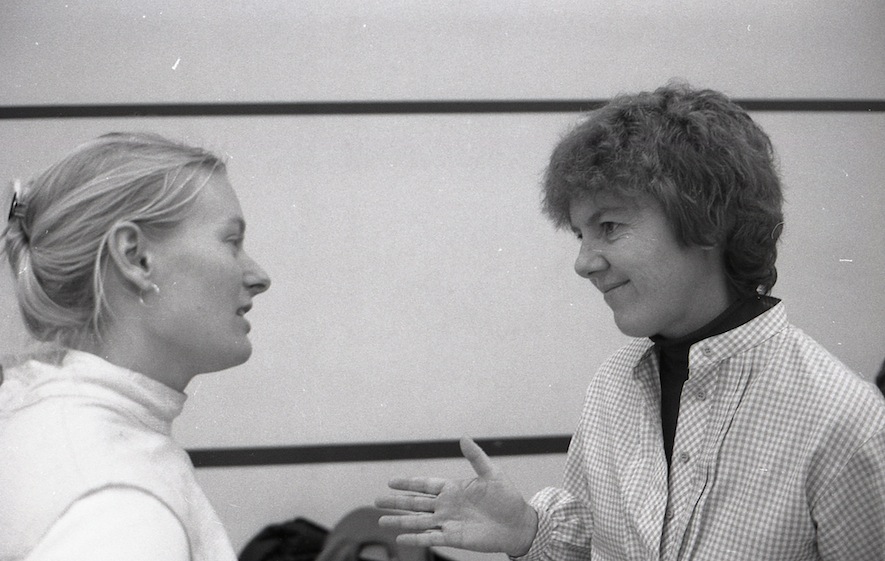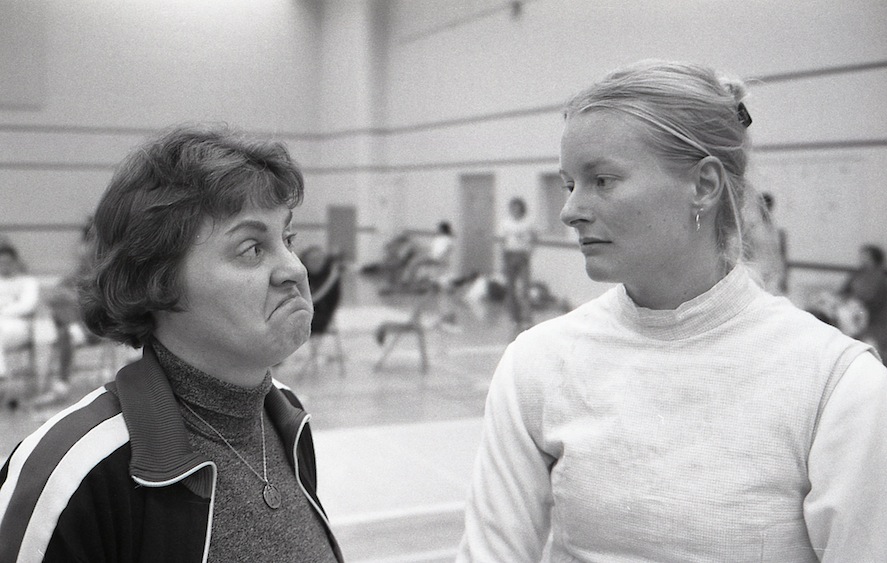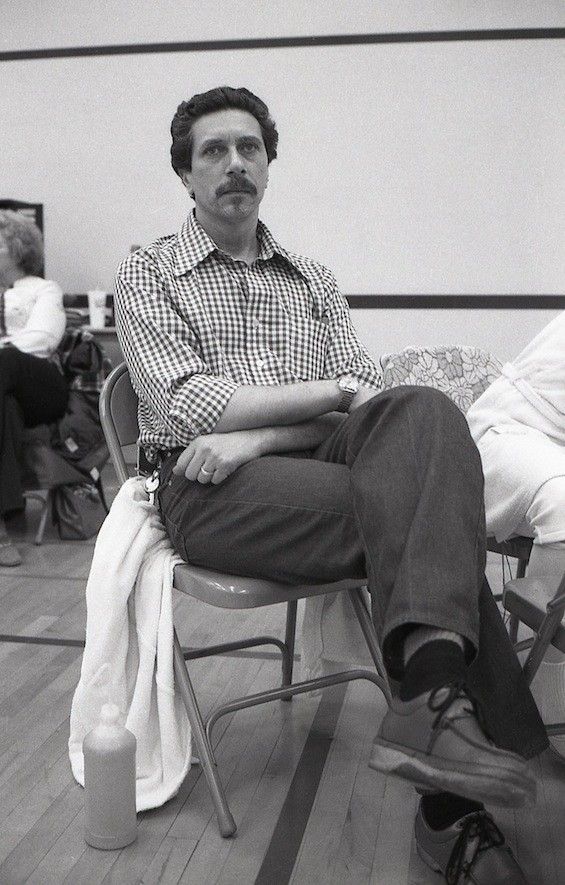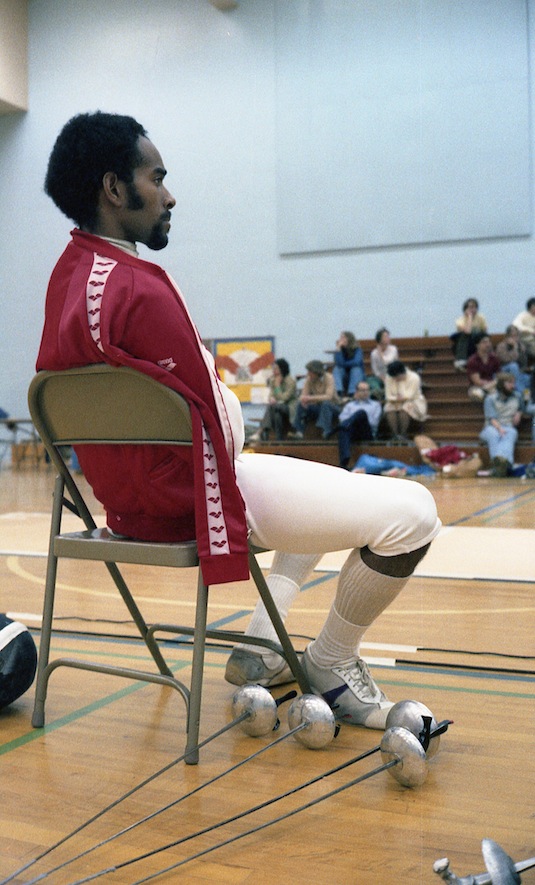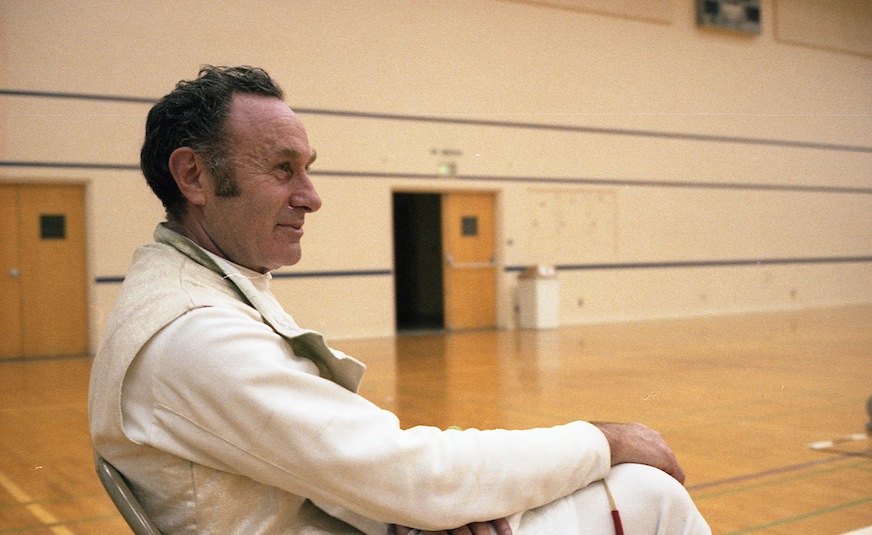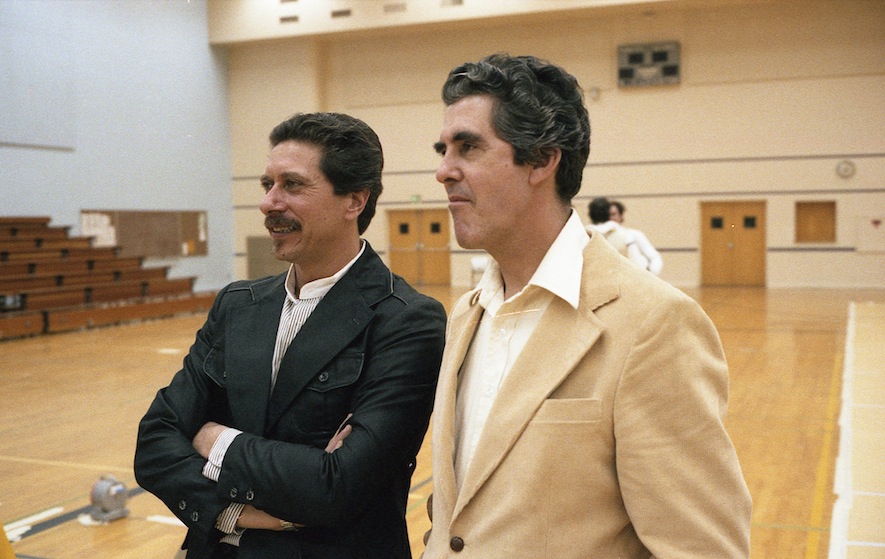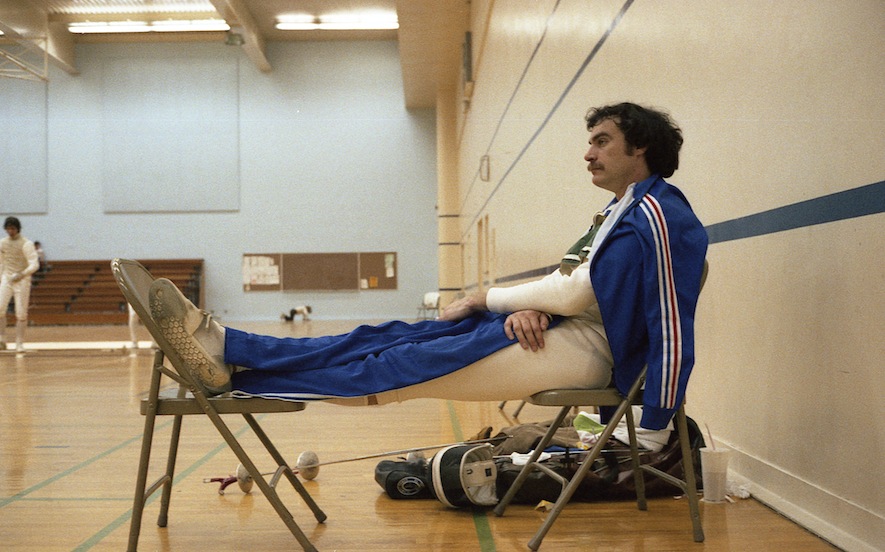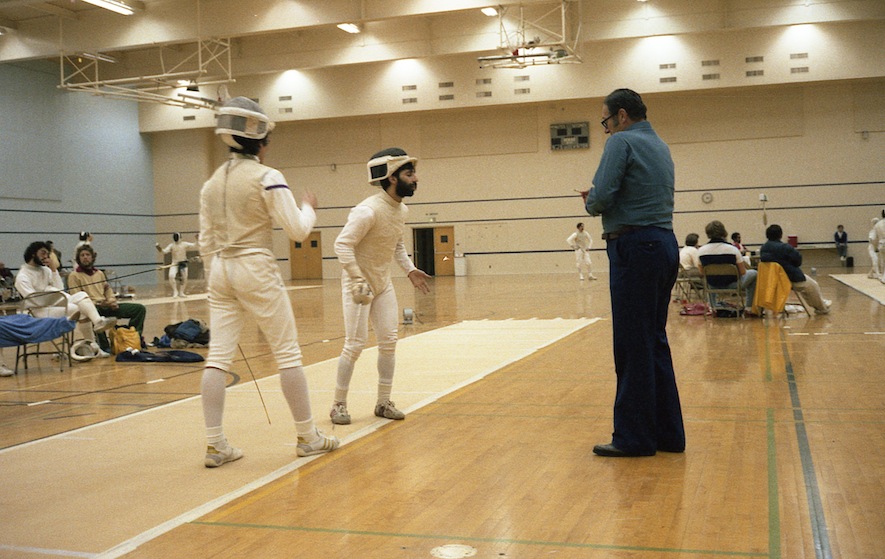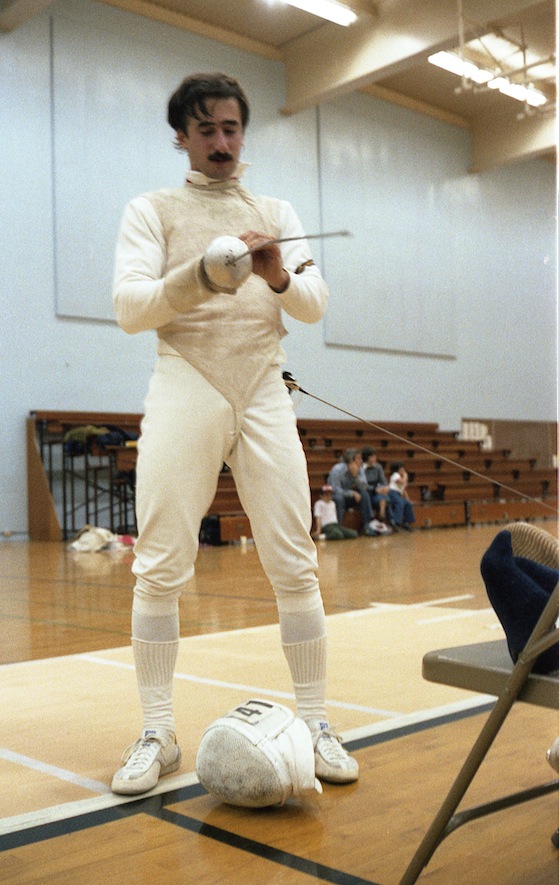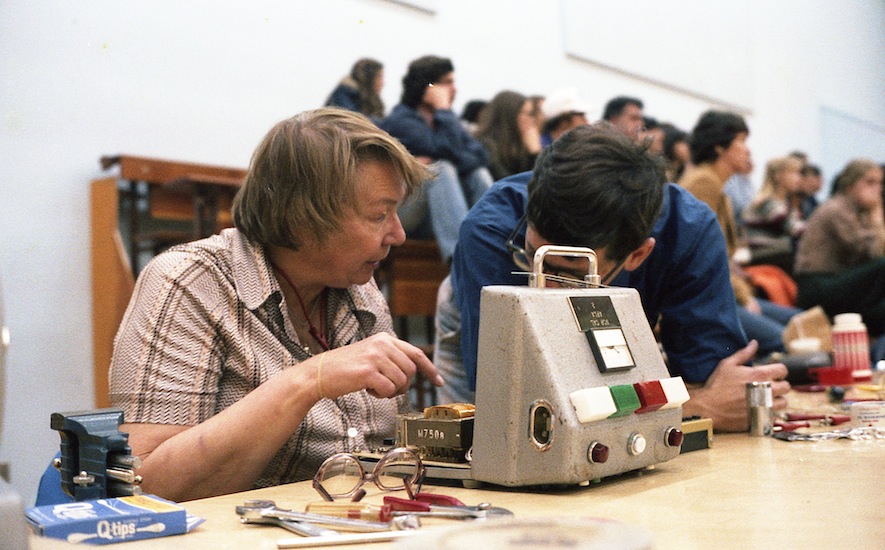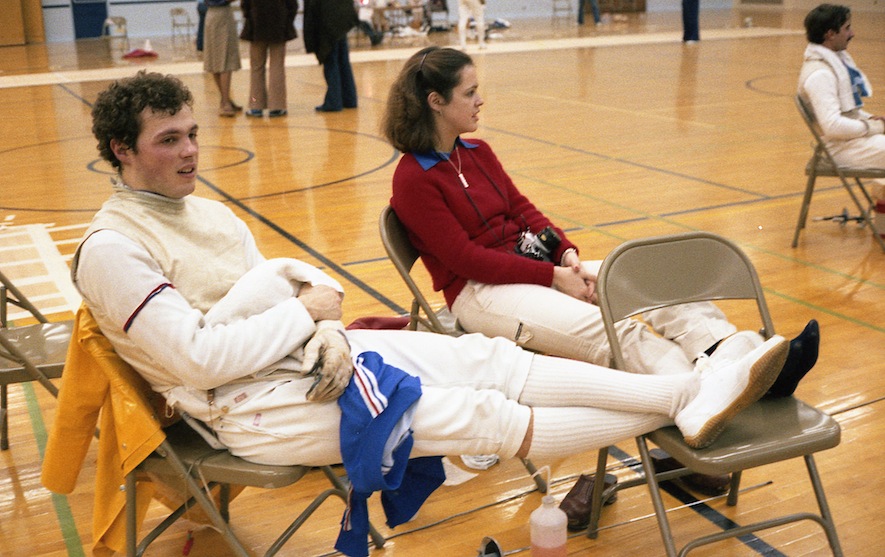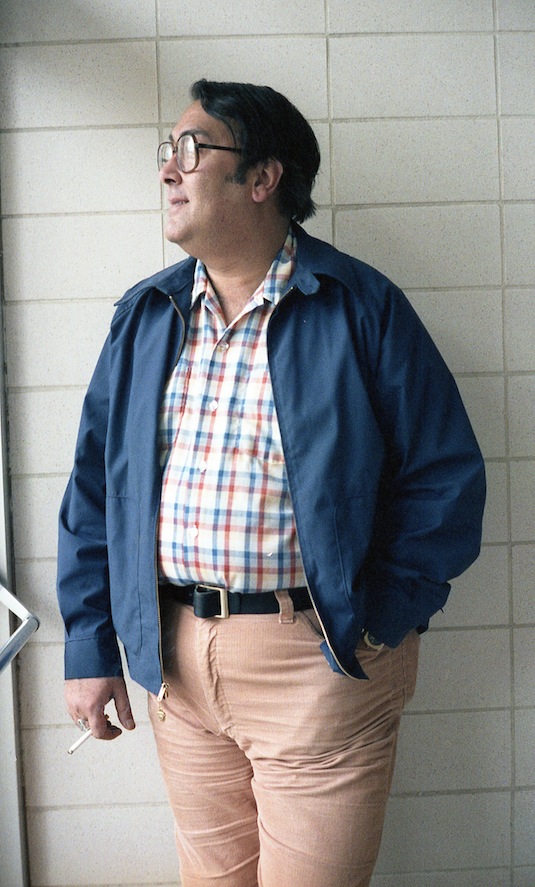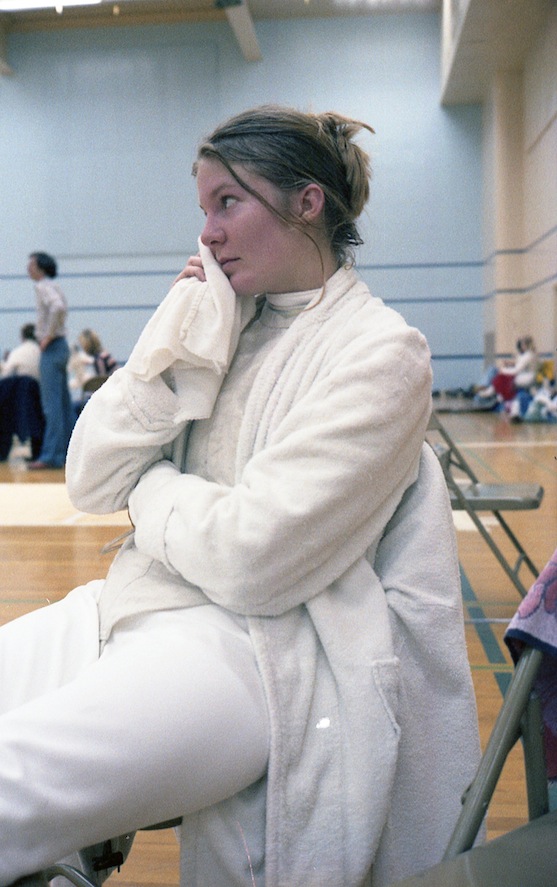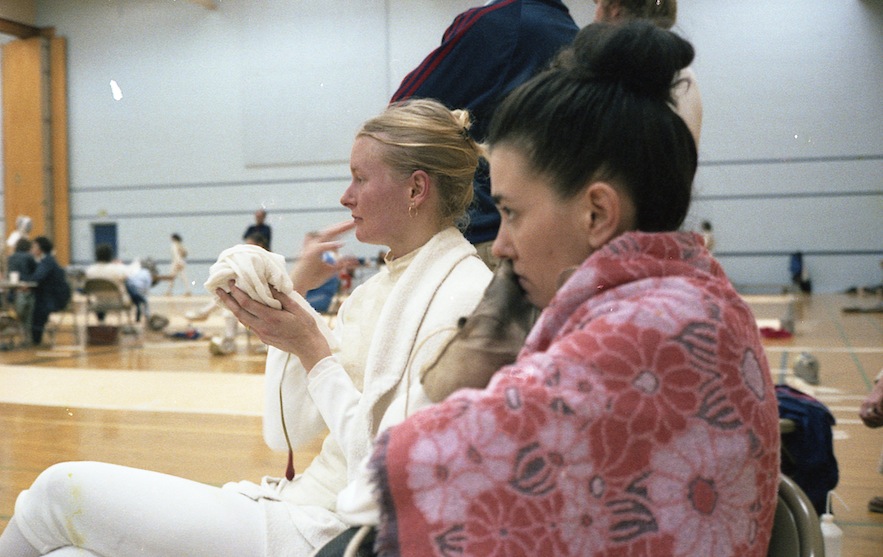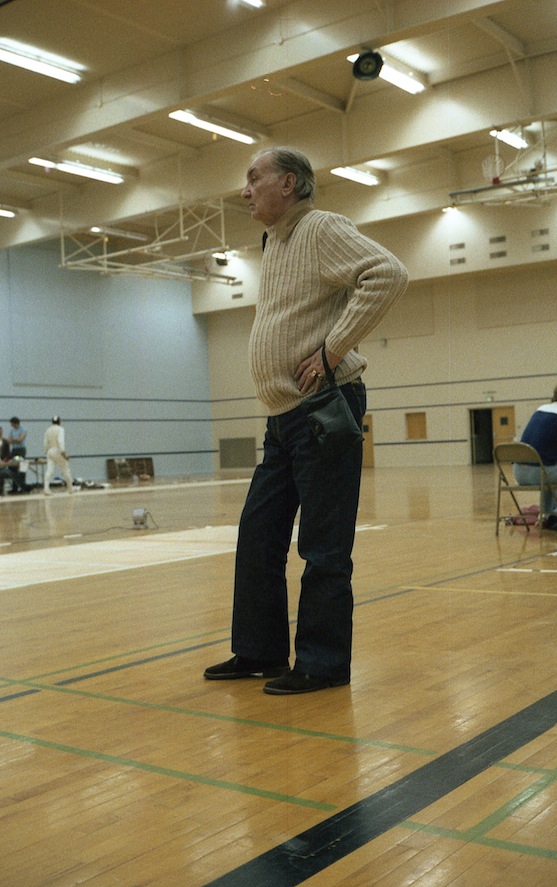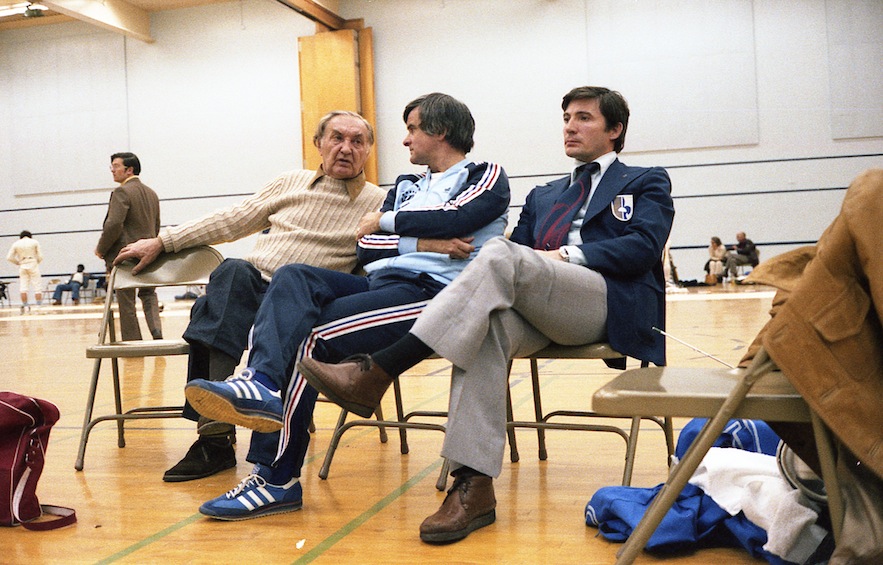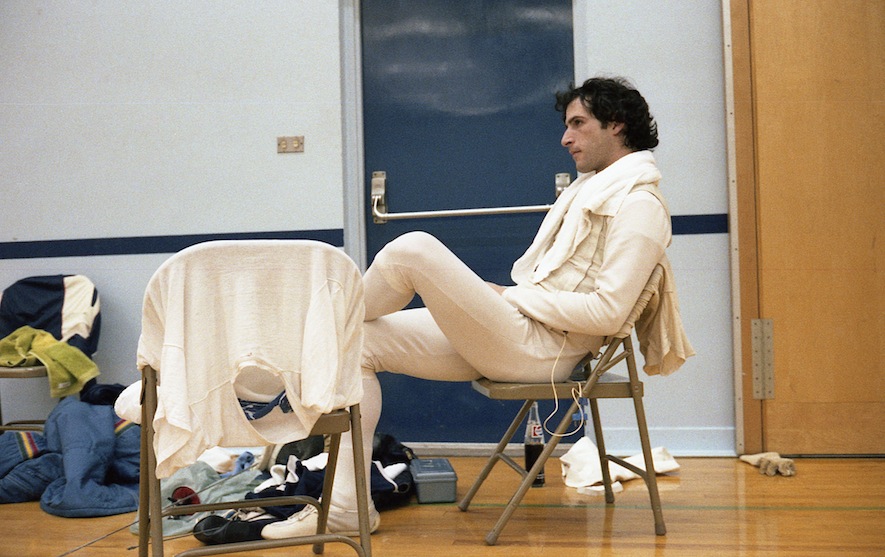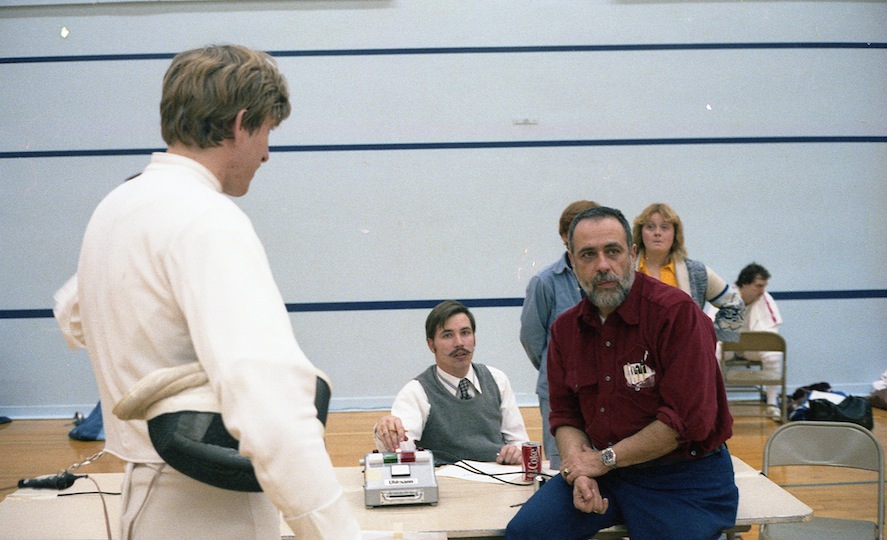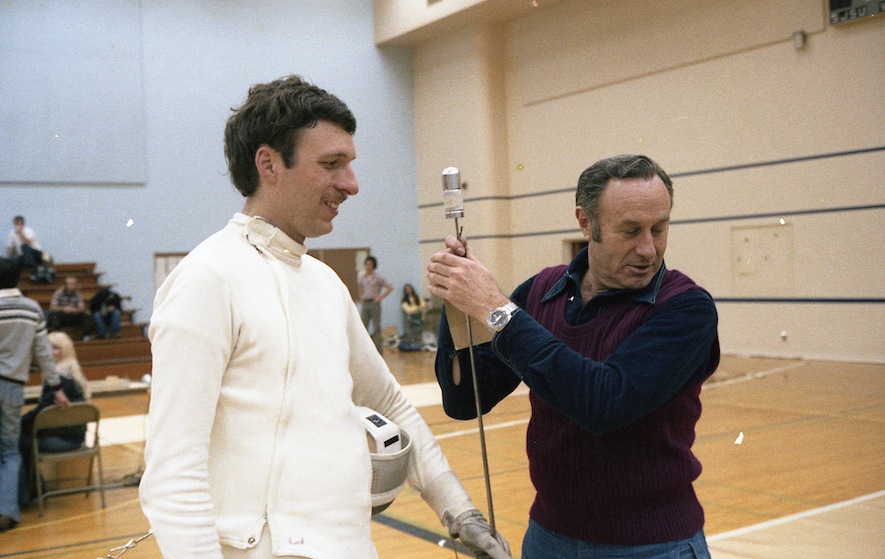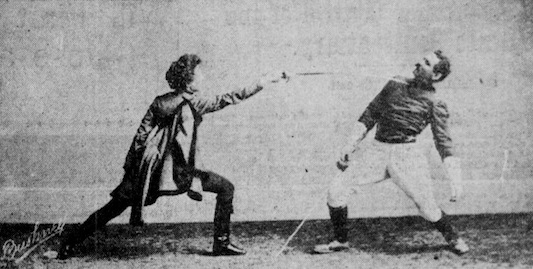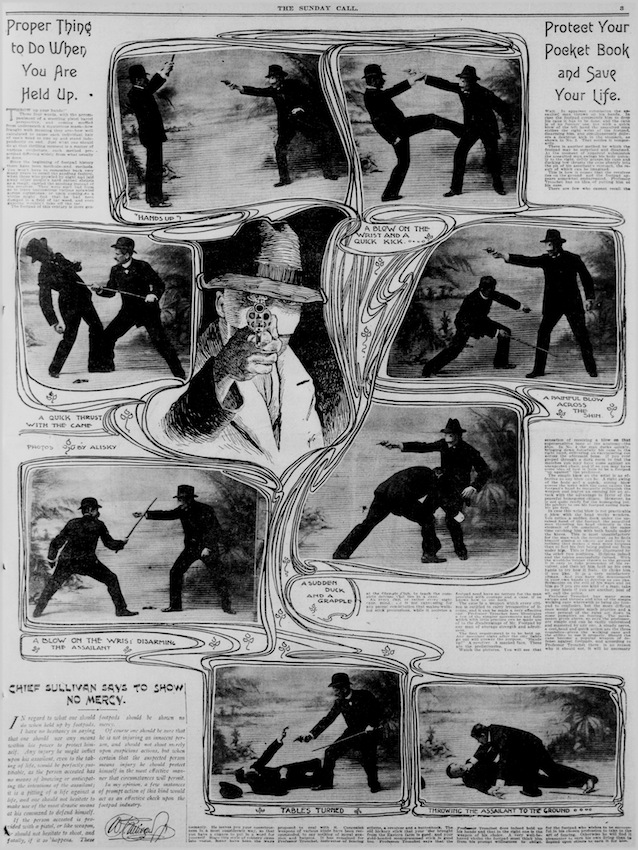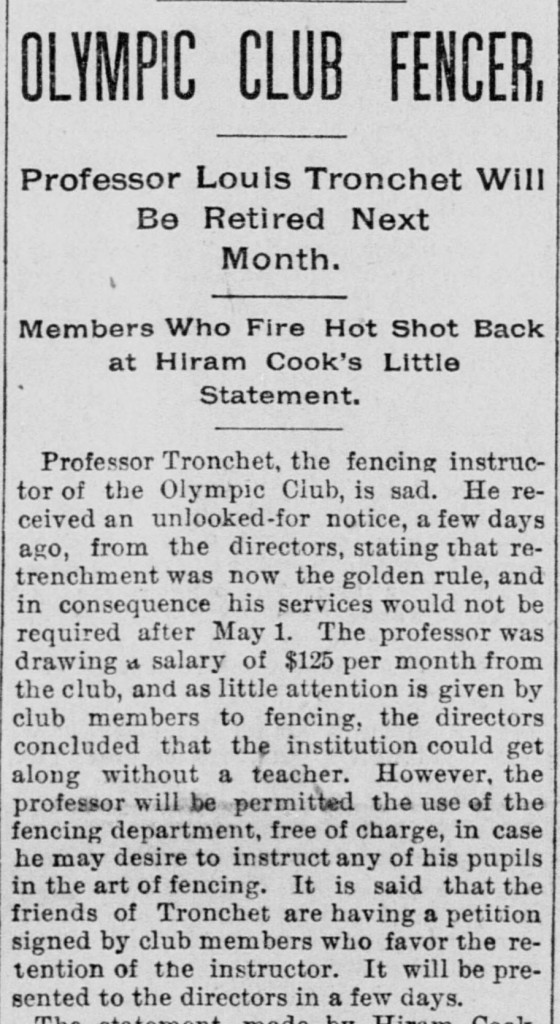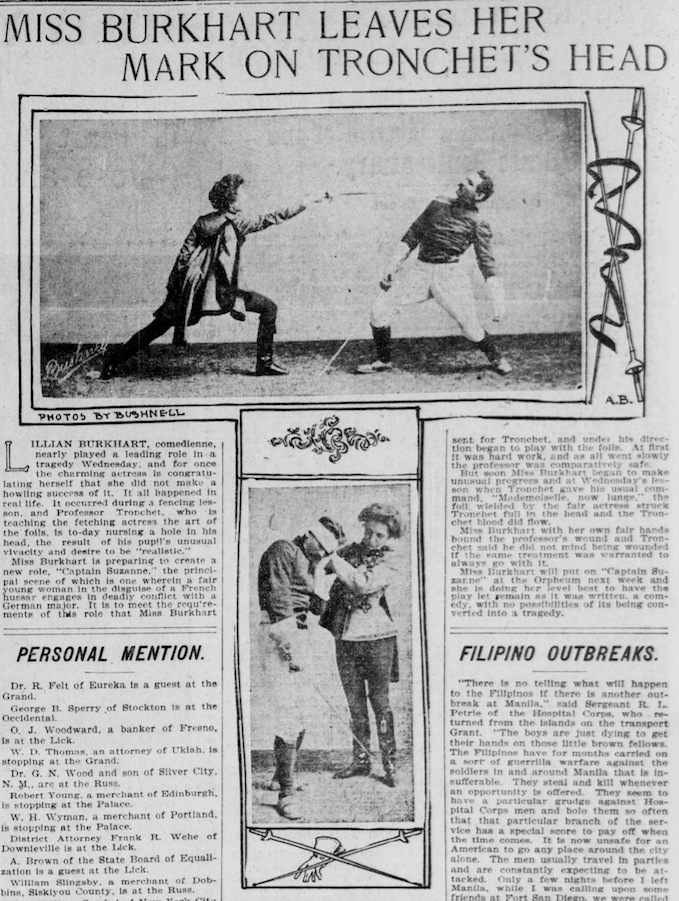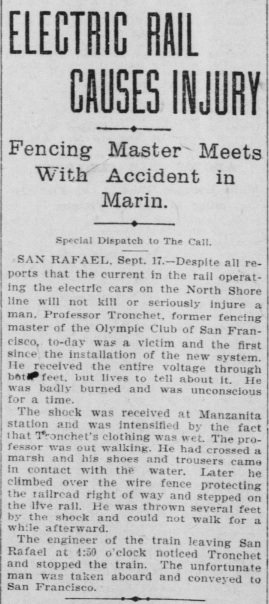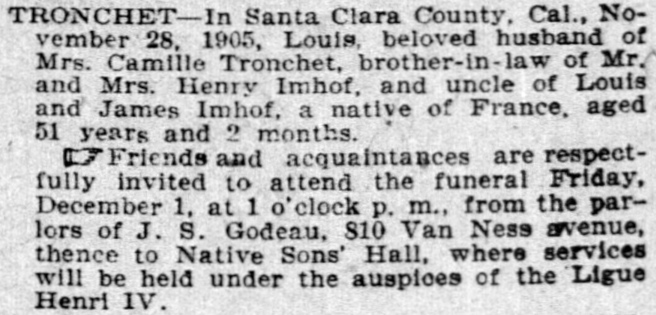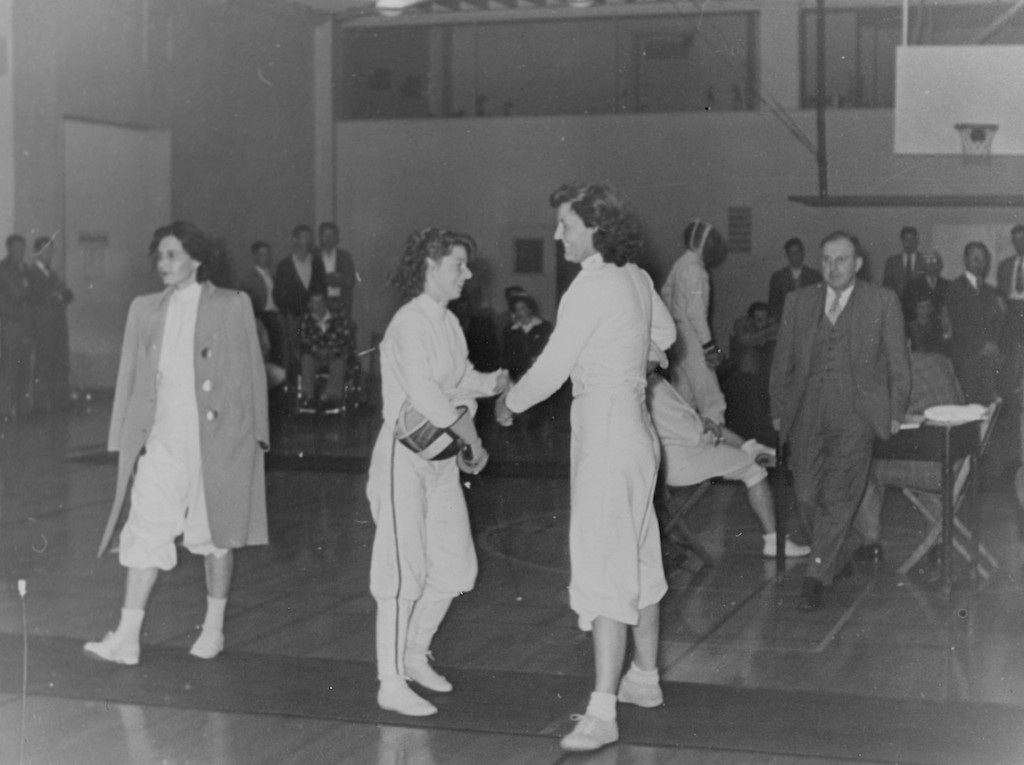Random Stuff
Trying out still more page formatsJust A Standard Page
Nunc et vestibulum velit. Suspendisse euismod eros vel urna bibendum gravida. Phasellus et metus nec dui ornare molestie. In consequat urna sed tincidunt euismod. Praesent non pharetra arcu, at tincidunt sapien. Nullam lobortis ultricies bibendum. Duis elit leo, porta vel nisl in, ullamcorper scelerisque velit. Fusce volutpat purus dolor, vel pulvinar dui porttitor sed. Phasellus ac odio eu quam varius elementum sit amet euismod justo. Sed sit amet blandit ipsum, et consectetur libero. Integer convallis at metus quis molestie. Morbi vitae odio ut ante molestie scelerisque. Aliquam erat volutpat. Vivamus dignissim fringilla semper. Aliquam imperdiet dui a purus pellentesque, non ornare ipsum blandit. Sed imperdiet elit in quam egestas lacinia nec sit amet dui. Cras malesuada tincidunt ante, in luctus tellus hendrerit at. Duis massa mauris, bibendum a mollis a, laoreet quis elit. Nulla pulvinar vestibulum est, in viverra nisi malesuada vel. Nam ut ipsum quis est faucibus mattis eu ut turpis. Lorem ipsum dolor sit amet, consectetur adipiscing elit. Maecenas nunc felis, venenatis in fringilla vel, tempus in turpis. Mauris aliquam dictum dolor at varius. Fusce sed vestibulum metus. Vestibulum dictum ultrices nulla sit amet fermentum.
The Serial Acquisitionist
One of the terribly fun parts of running the WCFA is the constant hunting for stuff. I’m bringing things in on a fairly regular basis, but like to imagine myself a fairly careful and cautious buyer. On the whole, the goal is to purchase things that I have either never seen before – or simply can’t resist. While remembering to focus on the “West” of the West Coast Fencing Archive, sometimes items come available that have too strong a pull. Hence, the recentmost items to find their way to my mail slot.
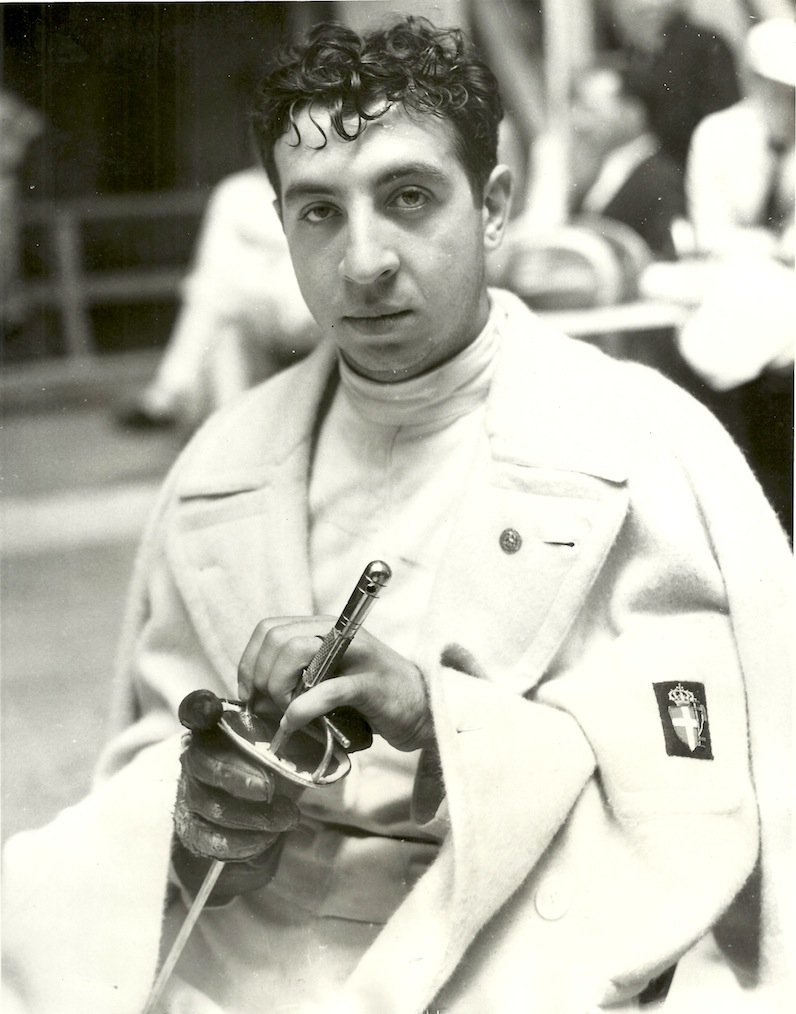
Gustavo Marzi, taken at the 1932 Los Angeles Olympics where he won the Individual Gold in Foil.
A great photo of the amazing Gustavo Marzi, who was trained by the father of Aldo and Nedo Nadi, Beppe Nadi at their school in Livorno. Aldo Nadi called Marzi a great fencer, adding “…and the reader may rest assured that I do not use the word ‘great’ loosely.” He was a force for the Italian team from 1928 through 1938, winning the Individual Gold for foil in ’32, Individual Silver in sabre in ’36, and gold and silver team medals seventeen times in international competitions.
And, since I mentioned Aldo Nadi above…
Aldo Nadi on the left, facing Phillipe Cattiau.
I’ve posted this picture before, but from other sources. (http://westcoastfencingarchive.com/2015/03/23/aldo-nadis-record-part-two/)
This is an original print from the period, captioned on the back in French. Google Translate says:
“A Large Fencing Gala. A set last night in the presence of the Circus Paris, Masters Aldo Nadi and Phillipe Cattiau. Italian Aldo Nadi beat Cattiau.”
“Circus Paris,” you ask? “No idea,” is the answer.
Cattiau had numerous international victories prior to his match against Nadi in 1925, including the individual foil silver medal at the 1924 Olympics. He took the individual foil silver medal at the World Championships in ’27 and ’29, and the individual epee gold in ’29 and ’30. So he was no slouch opponent for Nadi, but a champion at the height of his power.
Now, here’s the question. In Nadi’s description of his own record – the above link – he lists their match as having taken place in Cannes. But this photo is captioned as having been taken in Paris. Alas, no date on the photo. So: did they meet again in Paris? A mystery I can’t solve.
Finally, and cut from the same cloth:
The great example of French fencing, Lucien Gaudin, 1928.
This fantastic photo of Gaudin was one I simply could not pass up. I bought it in conjunction with the Nadi photo above. I haven’t seen this image before and although it needs some spotting work to clean it up, it’s a great portrait.
Gaudin was a master of both foil and epee, winning individual gold in both at the 1928 Olympics. Aldo Nadi, in the above mentioned description of his own career, had some unflattering words to say of Gaudin. However, at the time of Gaudin’s death, he wrote the following:
“Luciano Gaudin was a sportsman so immense that it is useless to detect his masterful career . It was the standard-bearer of the French fencing during twenty years and his name will remain united to that of the most reputed representatives of the French fencing Kirchoffen and Merignac . His devotion to the propaganda of the fencing was remarkable and Luciano contributed to the development of the noble sport . From the point of view of its international fame it was as great as at home . He was an artist in the whole sense of the word , a creator like all great champions , gave his personal style . It was a formidable worker in terms of training , having an athletic first order . It was a great opponent , full of loyalty . The French fencing suffered a great loss and I do not see who will take the place he had so wonderfully preserved for so long .”
Google Translate, again. Flawed, but rather than try to fix it, I’ll let you, dear reader, make of it what you will. The above quote is from the Italian Wikipedia entry for Gaudin. This same quote does not show up in the French Wikipedia entry for Gaudin. One wonders….
Gaudin committed suicide in 1934 after a number of failed investments. A sad end for so great a fencer. There are some YouTube clips of him out there and they’re worth looking at.
So, that’s what I’ve been getting up to around here. Just keeping things flowing in. Lots more to find. I’ll try to keep you folks up to date!
An Afternoon with Delmar Calvert
I spent a priceless afternoon in the company of Delmar Calvert in February of 2014 at his apartment in the lakeside town of Oswego, Oregon, but I was fortunate to get there and back. As a native of California’s balmy regions, the skills of driving in snow and sleet were never a part of my early indoctrination into car culture. Thus, I was unprepared for conducting an interview during what has become known in the Portland area as “Snowpocalypse 2014”. Blithely ignorant of the coming storm, I traveled to Portland and rented a car. Strange (to me, at the time), but not many other people were renting cars that day. Well, no wonder. I discovered why as I maneuvered my way out of the parking garage. Treacherous conditions, without question. But I had an appointment, and I would not miss it.
Delmar Calvert in 1960.
Delmar Calvert has taught fencing since his demobilization from the US Army in 1946. That’s the middle part of the story. The later part – the many champions he trained, the schools and clubs he taught at, the International squads he coached for – much of that is well documented, although I’ll add my bit as well. But the early part of his story is, if anything, much more fascinating.
I got the story from him over the course of four hours on a snowy day, warmly ensconced in his living room with an excellent cup of coffee near to hand. He generously shared his remembrances with me and I have seldom spent a more fortunate afternoon.
Born the youngest of three children in Southern California to an American father and French mother, Delmar’s parents were dissolving their unhappy marriage by the time he was three. His mother, uncertain of her claim to her children as a French woman living in the US, packed the children and herself and whisked all to France. They lived there for a period, then moved to North Africa and settled in Algeria. Calvert’s older brother joined the French Foreign Legion around 1938 and Delmar enlisted the aid of his mother to put in his own application (they had to lie about his age; she knew the commander) and was accepted at the age of 14. He served in the last remaining cavalry regiment in the Foreign Legion, the 1st Regiment Etranger de Cavalerie. When France entered WW2 against Germany, sixteen year old Delmar Calvert was decorated for bravery with the French Croix de Guerre for blowing up German tanks. After the French surrendered, he was posted to the French Army Military Academy to study as a fencing Master.
Certificate as Prevost d’Armes, 1941.
When Vichy France entered the war for Germany, the Foreign Legion was also posted to fight against the Allies. Calvert’s commanding officer was pro-Nazi, but Delmar had not forgotten the country of his birth and had no wish to fight against the US.
The young Legionnaire, far left in the back row, with this fencing program classmates.
He was approached by several Spanish Legionnaires from his outfit. As former resistance fighters in Spain, they, like Delmar, had no desire to fight for the fascists. They queried him to find out if he really had been born in the US, and whether he spoke English. He assured them that both things were true – although his English was rusty. They deserted as a group, white flag aloft, to the nearest American unit they could find. Calvert quickly enlisted in the US Army. From there, he was recruited by the OSS because of his knowledge of French. He trained as a paratrooper and by 1944 was working with French resistance fighters behind enemy lines.
Delmar Calvert, US Army Office of Strategic Services.
After the surrender of Germany and with his services no longer required, Calvert was given a choice of locations for his demobilization. He could go to Algiers, from whence he had started his military career, to France, or – because of his California birth – the US. He chose the US and received his walking papers in California. On the streets of Hollywood as a former soldier, he found himself passing by a building bearing the sign “Falcon Studios – Fencing Instruction”. Realizing he could trade on the training he had received from the French Army, he walked in, met Ralph Faulkner, and began his career as a fencing instructor as an assistant to Faulkner.
He taught for Faulkner for a period of time – I’m uncertain exactly how long – and at some point moved to Chicago.
Certificate for an “honorary medal of youth and sport” from the Republic of France, 1959.
Forming Salle Calvert, he coached in the Chicago area for a number of years, creating winners in local and regional competition.
The 1960 Mid-West Championship team from Salle Calvert.
In 1962 he returned to California as the fencing instructor for the Los Angeles Athletic Club.
The notice from the January 1963 edition of the LAAC newsletter announcing Calvert’s position at the club.
Calvert’s write-up from the same magazine and the rave reviews from long-time fencers at the LAAC.
Calvert had great success as a coach, and by the mid-1960’s was being named to delegations for international competition.
Calvert at far right with the 1967 Pan American team.
With the Gold Medal winning epee team from that same 1967 Pan American Games. In the front row: Delmar Calvert, Dan DeChaine, Stan Seija. Back row: Paul Pesthy, Ralph Spinella, Carl Borack, Frank Anger.
There is a great deal more to tell about Delmar Calvert. He coached many champions, including Bradley Thomas, Natalia Clovis, Joy Ellingson, Susan Foote and Andrea Metkus, to name a few. There are more pictures to come, but I need to talk to some of these above mentioned to get more stories before I continue on. Just one last thing, a memento from my afternoon. It’s not a great photo as a composition and the reflections are distracting. But. Still.
At the top, the arm patch for the 1st Regiment Etranger de Cavalerie, French Foreign Legion. The blue medal at the right, sadly, I don’t know, but it’s in this case, so it’s undoubtedly important and impressive. The middle is the Croix de Guerre. For Bravery. On the left, the medal recognizing Monsieur Delmar Calvert as a “Chevalier de La Legion d’Honneur”. And you’ve got to believe they don’t hand those out to just anyone.
Not many in this life can lay claim to quite so much as this soft-spoken gentleman. It truly was an honor to have spent the time with him. Doug 1, Snowpocalypse Nil.
Americans in Poland, 1961
Let’s see a show of hands. Who here can read Polish? I can’t. I can pick out a word or two here, like “szable” for “sabre” and “Zablocki” for “Wojciech Zablocki”, the great Polish sabre fencer. A few other names. That’s about it for me.
Polish news headline from 1961.
In March of 1961, a team from the USA traveled to Poland to compete in an international meet in sabre. Six Americans attended the match: Tibor Nyilas, Robert Blum, Wally Farber, Laszlo Pongo, George Worth and Michael D’Asaro. It’s rather challenging to parse from the text exactly what’s going on – for me, since I can’t read Polish.
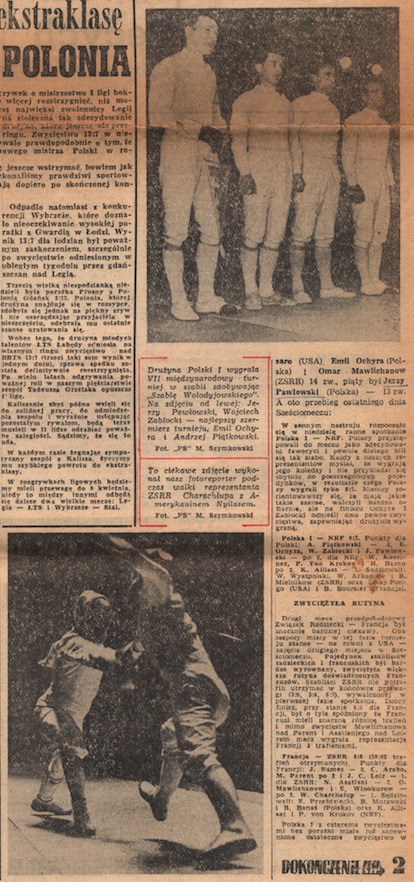
It seems like the Polish team won. They certainly were at the top of their game at this time. They had won the team gold at the World Championships in 1959, silver at the 1960 Olympics and gold again at the 1961 and 1962 World Championships. Fencing great Jerzey Pawlowski headed the team, long before he was jailed for being a spy. Exactly who he spied for, and who he spied on, is a long tale that I don’t know all the particulars of. But he was the leading Polish saber fencer from the mid-50’s until the early ‘70’s. Here is his Wikipedia entry: http://en.wikipedia.org/wiki/Jerzy_Paw?owski
Something about Pawlowski here. The Americans are named about 2/3’s of the way down, but if they’re winning or losing I can’t tell. I’m guessing they’re losing.
Also in the parenthesis above you can find Charles de Beaumont, representing Anglia (Great Britain in Polish, no doubt), author of the book “Fencing: Ancient Art and Modern Sport”, Mawlichanow from ZSRR (Polish for USSR?) and H. Baron from “NRF”. France?
Michael D’Asaro, left, scores against Nuzar Asatiani from the Soviet Union. Asatiani was on the gold medal winning 1964 USSR sabre team.
The event seems to have taken place over two days. The papers are dated March 13 & 14. The USA team seems to have gotten a fair bit of attention. I only say that because their names keep being mentioned. If, as the very first headline announces, they took 3rd in a strong field, they certainly deserved the attention. However, there isn’t really a full breakdown for the event, so I don’t know that the team event consisted of more than the Poles, the Soviets and the Americans. However, entirely apart from that, an American team visiting the ‘Home o’ the Warsaw Pact’ nation of Poland must have been an event of some import on the political front, if for no other reason.
Fantastic caricatures of all the Americans. From bottom left going clockwise: Nyilas, Blum, D’Asaro, Farber, Pongo & Worth.
So, if anyone out there feels like exercising their Polish translation skills, let me know what I’m missing! Even without the details, it’s some pretty cool stuff.
The Fencing Center Poster Restoration Project: The Befores
One of the ongoing projects at the West Coast Fencing Archive is the restoration of fencing posters. This was started through the great work of John McDougall, who took it upon himself to restore a number of posters that were in his hands or with Charlie Selberg.
One usually finds fencing posters at fencing clubs, not surprisingly. However, this tends to make life pretty hard for the poster. Printed quickly – and usually as inexpensively as possible – the typical poster for a competition is run off with little thought for the long-term well being of this piece of the advertising pie. Couple that with a lifetime of hanging in a fencing club. Usually pinned up on the wall with no covering or protection and in harms way from every stray foil, epee and sabre that rides a little too far from the edge of the strip during a dramatic parry or a looping attack.
“Thwack!” “Riiiiiiip!” (Accurately transcribed sounds – eventually – from most any fencing club with posters.)
So, here’s the thing. As the local archivist for fencing, I have been working with a number of clubs on various projects. Two such projects are ongoing. One is helping Kathy Krusen of Halberstadt (http://halberstadtfc.com/content/)in San Francisco scan, digitally repair and re-print the posters that have taken a beating over the years. Kathy put me onto the scent of this project awhile back, and I’ve been trying to wrap my head around best process for doing a great job for her. I built a large-scale vacuum table that would use suction to hold a poster down without tape or other potentially damaging material, so that a raw photograph could be taken with a high-resolution camera. Then, into Photoshop and remove the marks of foil points and sabre cuts, and re-print for a re-hanging.
Only…. I wasn’t happy with the results I was getting with my vacuum table. It’s big at 4’x8’, but I wasn’t getting the unwrinkled results I was imagining, and that was kinda the point. I have a large format flatbed scanner for photos and small posters (11×17) and a negative scanner that does slides and prints equally well. But getting a true scanned image for an oversized poster seemed outside my price range. The big roll scanners run anywhere from $3,000 to $7,500 depending on features, and most run on PC’s and I’m a dyed in the wool Mac dude.
To the rescue, FedEx! Turns out that most of the Office Print/Ship Centers come equipped with a roll scanner that will take up to 36” wide, any length, and they can output a .tiff image. Bingo! In business! And the price is really reasonable. Is poster scanning big business? Who else uses this machine? Not that I care – it’s right down the street from my new house!
That leads back to the second project I’m working on, which is a comprehensive sorting, scanning and history project for The Fencing Center in San Jose (http://www.fencing.com/NewTFC/Welcome.html). They also had a bunch of posters that need repair work. A few of them are mounted on foam core, so they won’t go through the scanner – but they also wouldn’t have worked with the vacuum table, so they’ll need their own process. But the others are going to provide my test bed for perfecting my process – and that will lead me back to Kathy at Halberstadt. (I haven’t forgotten, Kathy!) Using one of John’s restorations, here is an example of what’s happening:
The Fencing Center’s original poster from the 1986 World Championships.
John McDougall’s restoration.
So, you can see, with a little effort, we can get a great result. Here is a small sample of some of The Fencing Center’s posters that we’re working on:
1972 Junior World Championships, Madrid, Spain
1978, Hamburg, (West) Germany
1983, Heidenheim, (West) Germany
1982, US National Championships, (Eastern) USA
Ok, so maybe you can’t see the foil point holes quite as easily in these snapshots. Take my word for it, they need some re-work. I’ll show off the results when we get through them.
George Piller comes to San Francisco
Gyorgy Jekelfalussy Piller has gone down in history as one of the most successful competitors and coaches. If his name is unfamiliar, let me give you a brief run-down. He competed for Hungary in the 1928 Olympics on the Foil Team and reached the semi-finals, although Piller himself did not fence that well. His main weapon was the sabre, and he began his dominant performance in 1930, winning the individual World Championships, repeating in 1931, and winning the individual Olympics in 1932 in Los Angeles. He was also on all three of the gold-medal winning Hungarian teams each of those years. In 1933, he began coaching and no longer competed in the individual championships, although he remained on the team winning two more successive World Championship Team Gold medals in 1933 and 1934. By 1935, he was focused entirely on coaching. As such, he was one of the many coaches who lead the Hungarian sabremen to a level of domination unrivaled in sport, as far as I know. From 1928 to 1956, they won the individual and team gold medal in every World Championship and Olympic event they participated in.
Every one.
At the end of that run, we come to 1956, which was a year of turmoil in Hungary. Even as Piller’s team was preparing for the Olympics in Melbourne, the country threw out the Communist government and declared itself independent of the Soviet hegemony. Upon the team’s arrival in Australia, they learned that the revolution had been crushed and Soviet tanks had driven into Budapest to restore the Communists to power. This forced every member of the Hungarian Olympic contingent, athlete, coach or official, to consider the question of whether to return to Hungary or seek opportunity elsewhere. Almost half of the delegation decided to defect. Among them were three of the gold medal winning sabre team – and their coach, Gyorgy Piller. And, since these four had chosen to come to the United States on a plane flight courtesy of the then-new magazine Sports Illustrated, Piller Americanized his name to “George Piller”.
Upon arrival in the US, after interviews and TV appearances, including the Ed Sullivan Show, Piller and the other Hungarian athletes embarked on a cross-country tour, again sponsored by Sports Illustrated.
The cover of the program distributed at the various stops across the nation.
Dan Magay prepares to fence during the Freedom Tour’s stop in Norwalk, Conn.
The tour began in New York and traveled west across the nation. Sports Illustrated had a number of feature articles during the tour, and local papers also covered the travels and travails of the athletes. The final stop on the tour was San Francisco, the first American city they had landed in after leaving Melbourne.
The invitation card, advertising the arrival of the Freedom Tour athletes in San Francisco.
The list of participants for San Francisco.
Upon completion of the tour, Piller made it known that San Francisco was the city he would most like to settle in. The Hungarian community, realizing their great fortune in Piller’s deciding to stay, gathered the resources to found a fencing club in which he could teach. As that was happening, the fencing community, too, was at work to make a place for Piller.
The invitation to the reception for Piller.
Erich Funke-d’Egnuff, as he had done for Hans Halberstadt in 1940, offered up space for Piller in his salle until Piller could get settled into the building the Hungarian community was working on. In addition to meeting Piller, fencers had been encouraged to give in a more concrete manner, as the below letter from March to Charles Selberg indicates.
So donations to get Piller to San Francisco may well have begun prior to his decision to stay.
Piller’s team went to Nationals in 1957 and took Gold and Bronze in the individual sabre and Gold in team sabre. Meanwhile, the Pannonia Athletic Club was founded and Piller became head coach at what was probably one of the fastest growing clubs ever.
Daniel Magay and George Piller.
Piller in between Carol Reid and Roberta Meyer.
Piller with Lois and Charlie Selberg.
Piller teaching at a YMCA.
Piller in 1958
Piller also taught at Cal Berkeley. Here he is surrounded by his team that included Olympic Gold Medalist Daniel Magay, 2nd from right.
Sadly, Piller’s time in San Francisco was cut tragically short by cancer of the throat, which took his life in1960.
The Pannonia club continued to produce excellent fencers after losing Piller. Another excellent Hungarian maestro, Ferenc Marki, coached there, among others. Pannonia held tournaments in Piller’s honor for many, many years, the winners getting an opportunity to attend the annual Hungarian Ball to be presented to the Hungarian community.
Behind the Mask, 1948
I return to the pages of The Fencer today, to reprint (actually, re-type) an article written by Pierre Paret for the February, 1948 issue. A portrait of Hans Halberstadt.
Behind the Mask
Some years ago, a man who had taken a few lessons at the Young Italian Club of San Francisco before it was disbanded by the war, noticed that a shop which had long been for rent on Fillmore Street was again occupied. A sign painter was lettering “Halberstadt School of Fencing” on the door, and through the empty show windows he could see a middle aged woman being taught how to lunge by an improbable looking man in a red beret. He was not impressed by the new salle d’armes in fact, as he said later on, “I thought the whole thing was a fake and I went to my former teacher to find out what was going on.” He was very surprised when he was told that Halberstadt was not a fake but an international known fencer. He went back to Fillmore Street, started taking lessons, and is still with him. Except for a few routine clashes caused by their Latin and Teutonic temperaments, their relation has been a peaceful one.
In 1942, when Hans Halberstadt established his school, every new student was a blessing. During the first three months he had four, who would come twice a week and pay him fifty cents after each lesson. Occasionally one or the other didn’t have the change and Mr. Halberstadt would live on plums for the next few days. Very gradually more people came for instruction. Within a year he was able to enter teams in local competitions, but it was not until 1944 that he could consider himself soundly established.
Today he is one of the busiest teachers in the United States. Besides teaching at his school three afternoons and five evenings a week, he is also coach at the Olympic Club, where he works three times a week, and instructs at a theatrical academy at the Fairmont Hotel (twice a week), and at the YMCA (twice a week).
Hans teaching at the Elizabeth Holloway School, 1947
For a man who is sixty four years old this is a tough schedule to keep, and his friends have said for years that he should let up and take it easy. Some have even suggested that he import a young fencer from Europe who could serve as his boutmaster and handle the beginners, but international red tape and his conviction that he can handle anything this country can throw at him have squashed all such projects.
Unlike many fencing masters he does not restrict his work to giving lessons and straightening blades. He regularly fences with all of his students who have advanced to competition level. This work is considered by many fencers as one of the most valuable features of his teaching. At the same time it has also been the basis of rumor that he emphasizes competitive tricks while disregarding fundamental form and technique. This, however seems to be an accusation based on subjective thinking rather than a fact. He works his students on such fundamentals as footwork and profile as do most teachers in this country, but being above all a competitive fencer his main interest is continuity and purpose of action.
His competitive record is impressive. He represented Germany in sabre and epee in three Olympic Games, including Amsterdam in 1928 when he was a member of the sabre team which placed fourth. He has won international competitions in Milan, Munich, Vienna, Copenhagen, Ghent, Paris, Baden-Baden, Bad Neuheim, St. Moritz, Naples and Cremona. (He has a photograph over the sabre rack at his school showing Crown Prince Umberto presenting him with his trophy). He has three times won the German Three Weapon Championship, was champion of Germany in sabre once and epee twice, and was twenty-one times runner up in all three weapons to Erwin Casmir, who as the single male German entrant in the 1932 Olympics won fourth place in the Individual Sabre, and fifth in the Individual Foil.
Hans, 2nd from right, with some of his Olympic teammates, 1928.
Still, there have been many outstanding fencers who, after turning professional, were unable to communicate their knowledge to their pupils. The real test, the only test, of a fencing teacher lies after all in the fencers that he has produced. Halberstadt, who has been teaching for little more than six years, and has not had much time to produce really top-notch fencers, has nevertheless done quite well. He has developed many of the fencers who has received their early training from Maestro Visconti, an excellent teacher who learned fencing in Italy, and is now retired. One of them is Salvatore Giambra, member of the Olympic Training Squad in sabre. Another is Gerard Biagini, who despite his youth is already one of the most dangerous men in all three weapons in the Northern California Division. Probably his most promising early student was Ed Robles, who was killed in France. Since then his undeniably best pupil, whom he has developed from the start, is Louis Giorgi, who has been fencing little more than two years, but well enough to place second in the divisional Open Foil last season, to mention only one event.
Edward Visconti and Hans. Visconti retired as a fencing instructor and turned to glove making. All the best fencers used his gloves, including Aldo Nadi, who ordered them through Hans.
Halberstadt was trained from his early youth by Maestro Gazzera a well known representative of the Italian School as it has been systematized and laid down by such men as Parise and Barbasetti. Theoretically he has stuck strictly to this school, called “pure” by some fencers but actually he has modified the movements in the light of his competitive experience. This shows up clearly in his molinellos, which are made not out of his elbow but out of his wrist, or for instance in his belief that there are times when the left heel should be off the floor to give special sprint to the lunge.
Cavalaro Gazzera, from a photo inscribed to Hans in 1907.
He has not had much time for himself in the past few years. Sundays he enjoys driving into the country, but on weekdays he is forced to squeeze his recreation into the ever shrinking free time between giving lessons. He smokes from the moment he gets up until long after midnight, cigarettes, pipes and cigars; a three weapon smoker one might say. He has been known to give sabre lessons with a cigar stump still clenched in his teeth. Cigarettes he doesn’t like too much but they are convenient time indicators for intervals between giving lessons. He enjoys good foo and eats most of his meals at restaurants such as Solari’s, The Louvre, The Hotel des Alpes, and The Napoli. There, over a second cup of coffee, he will discuss the state of the nation, the rapacity of individuals, and their inability or unwillingness to learn from pas experience. Habitually he ends by saying, “Mein Gott, I know all this. I have been through all this before.” Sometimes he sits in his back room and drinks cognac or beer with Helene Mayer, a close friend who fenced for the same club as he in Germany, and some other cronies. Every year he used to give a birthday party for himself, and hundreds of costumed people, fencers and others, would dance on the fencing floor past the weapon racks and photograph covered walls. This year he broke the tradition and bought a Packard convertible coupe instead. Life, even as a fencing master in the United States… is
…..and that’s where it runs out. There are only about 5 or 6 more words to this article, but they are at the bottom of the page and the mimeograph failed to reproduce them faithfully. It is signed; that part is legible:
Paret
That would be Pierre Paret, the editor of The Fencer. Much of the information in this portrait of Hans is familiar, but it’s very nice to see a description from so early in his time in the US. Hans arrived from Germany in 1940 and taught until he passed away in 1966. There is one thing I wonder about, and that is the assertion that Hans was on 3 Olympic teams for Germany. Germany was banned from participation in both the 1920 and 1924 Olympic Games. In 1928, Hans was on the sabre and epee teams and competed in the individual epee. What I don’t know is whether German teams were selected for ’20 and ’24 even though they could not compete. Hans was certainly winning competitions in the early ’20’s, so he would undoubtably been a candidate for selection. The only certainty is that he was definitely on the 1928 team. (He was eliminated in the Semi-Finals of the individual epee.)
San Jose State Unknown Tournament in B & W
Continuing on with the same topic as our last post, we return again to the Women’s Gymnasium at San Jose State University. There have been a number of comments from the previous set with some corrections that I’ll tweak when I get a second – thanks for the notes, George Nonomura! Here below, I’ve culled the best of the black & white negatives that were shot by Charles Selberg. And, fortune of fortunes, the negative pack was taped into a scrapbook that had many of these prints mounted inside. Scanning from negatives is great of course, especially when they’ve been stored reasonably well. And these were, thankfully.
So, still waiting to see if anyone remembers what the year may have been for this competition. If anyone has a guess, I’m open to suggestions. Somewhere between 1979 to 1981 is my best guess. Let’s look!
Peter Burchard, ready for his next match.
Dr. William O’Brien, who ran the Letterman Fencing Club for many years. Located in the San Francisco Presidio near the Letterman Military Hospital, the gym is still there but no longer houses a fencing club. I think the hospital itself is gone as well, replaced by the Letterman Digital Arts Center, home of visual effects giant Industrial Light & Magic. From the ILM dining room you can look out to the Golden Gate Bridge or, a little closer in, the gym where the Letterman fencers used to roam.
John Nonna, member of the 1972 Olympic team.
Heizaburo Okawa checks Michael Marx’s foil.
Mark Smith is behind the mask.
Heik Hambarzumian, looking very serious.
Greg Massialas enjoys the moment.
Marty Lang also enjoying the moment.
Marty Lang and Csaba Elthes clowning around.
Greg Massialas vs John Nonna
Julie Selberg chats with Marcia and Peter Burchard.
Go Slugs! A contingent from UC Santa Cruz. Tris Thompson (seated), Ted Clark, Ted Pryor and Bert Kaplan.
Student and Master: Michael D’Asaro and Csaba Elthes.
Yves Auriol, Csaba Elthes and Paul Pesthy.
Csaba Elthes and Len Carnighan.
Gay and Denise O’Connor
Kathy Krusen and Kate Torres.
Julie & Gay. Julie’s not sure about something….
The tournament host, San Jose State head fencing coach Michael D’Asaro.
That’s the best of them! Not a lot in the way of action shots, but I personally find it more fun to see the people and personalities. Any time I have pictures of fencers that I personally knew well, no matter how long ago the photo was taken, I can almost invariably pick out, from very subtle cues, who’s who. For pictures of fencers where I don’t know the people in action behind masks, it’s difficult or impossible to know who’s who – particularly back in the days before there were names on the backs of lames or down the side of a leg. I think this is a pretty universal trait, though. I’ve shown pictures to others and had them immediately be able to name one or both fencers, simply due to familiarity with, again, some very subtle cue; the mask, angle of head, how the back arm is held, position of the feet, the uniform – any and all of these things can help to identify a fencer to one who knew them in just that particular way you can know someone from having fenced with – or against – them enough.
San Jose State University: Unknown Tournament
I’ve got two sets of pictures from the same event, courtesy of the Charles and Julie Selberg collection of fencing memorabilia. One set is black & white film, the other color slides. Today, in photo essay form, I present the best of the color slides. I can readily identify quite a number of folks in this event, and at least 3 events were held; Mens’ & Women’s Foil, and Men’s Epee. The only evidence that there may also have been a Sabre event is that Csaba Elthes was in attendance. However, nothing in either set shows anything Sabre-ish, so I’m not certain about that.
Now, somebody out there is going to see these and remember a date or an event name, or both. It’s somewhere between 1978 and 1981. That’s all I know for sure, other than names. And I’m missing a few of those, as well. Feel free to help out!
Ok then, who feels like a slide show?
Two-time National Foil Champion, Mark Smith.
Four-time National Champion and Olympic Bronze Medalist (1960), Albert Axelrod.
Michael D’Asaro and Jack Keane
Olympian and National Champion, Marty Lang
Unsure of who the lefty with his back to the camera is, but Joe Shamash is unhappy with the call. That I’m pretty certain about. The director? Is it Al Davis?
Salle Auriol’s Pat Gerard.
Eleanor Turney instructs John Rea on the inner workings of the classic Uhlmann machine.
Greg Massialas and his sister, Christina Massiala. (I think I got that right. Christina once tried to teach me about masculine and feminine forms in the Greek language, but it was a long, long time ago….)
Former Pacific Coast Sabre Champion Carlos Fuertes.
Stacey Johnson, 1980 Olympic Team member and USFA President from 2000-2004.
Nikki Franke, Heizaburo Okawa and Elaine Cheris troubleshoot a problem.
Gay and Vinnie.
Heizaburo Okawa, three-time Olympian for Japan and two-time US National Champion, looking relaxed, as usual.
Csaba Elthes. Unparalleled success as a sabre coach.
Csaba again, with Yves Auriol and a third, who looks familiar, but I can’t name. A little help?
Harriet King, four-time Olympian and four-time National Champion, with a former coach, Michael D’Asaro.
Just a few epeeist show up in the photos, and I think this is Lew Siegal.
Pretty sure that’s Mark Walch fencing epee on the left and Marius Valsamis getting set to direct. Bill Nyden from the Central Cal division is behind the scoring machine.
I don’t recognize the left handed epeeist on the right, but Albie Axelrod is about to direct…
That’s the best of the color slides. Maybe I’ll follow up with the black & white photos from the same event, just to keep things in order. Next time! If you can help with naming the few I couldn’t, please drop a note on the site or on Facebook.
The Sometime Unfortunate
Back in January I posted a story about the match between Generoso Pavese and Louis Tronchet in San Francisco that took place in 1899.
(http://westcoastfencingarchive.com/2015/01/08/tronchet-vs-pavese/)
This time I’d like to focus on the San Francisco career of Louis Tronchet.
A brief re-cap on Tronchet. A French-trained Master, he was hired to teach in San Francisco after a representative of the Olympic Club in SF saw his victorious performance against Regis Senac in New York. Tronchet accepted the position and moved west in 1888. In addition to the Olympic Club, he also taught at a new establishment reserved strictly for fencing, the San Francisco Fencing Club, located at 124 O’Farrell Street. The original building is long gone and there now stands the Union Square Macy’s. There were 25 members in 1889, all “well-known gentlemen” of the city.
An excellent written portrait of Tronchet can be found in the December, 1894 edition of “Overland Monthly” magazine. He not only taught and performed various demonstrations of the sport, but also was quite generous in assisting others in starting new clubs. The writer, Henry Ansot, was taught fencing by Tronchet and started his own club, the California Fencers’ Club, in 1890. Another, a former French Army instructor named W. B. Easton, taught at the Olympic Club under Tronchet until removing to Seattle to start a club there and later moved to Portland to do the same. There was also an Italian Club in San Francisco, and they retained the services of various Italian masters who sometimes ran up against Tronchet with – apparently – little success.
Tronchet seems to have done due diligence to get into the paper on a regular basis. Whether advertising a demonstration of fencing with students, or a match against a visiting swordsman, he seems to have been able to be a well-regarded fixture in the community. Thus, who better to present a photo essay on self-defense in the name of public safety than a highly trained and proven swordsman?
There is no indication of who played the part of “the foodpad” in the above. I hope he wasn’t hurt badly. In the last frame, Tronchet seems to be throttling him with a joyful abandon.
For all that he could handle himself against a man with a gun, he did have some set-backs, as indicated by this article from 1895.
Tronchet’s position at the OC seems to have been a victim of economic travails rather than unhappiness with his work. His private club continued, as did his schedule of demonstrations. However, in one such, he faired poorly, victimized by a student.
The picture of Tronchet with a bandage around his head as he receives aid and comfort from his attacker is pretty priceless. I can only assume that the two photos were staged after the fact, but classic nonetheless. The above is from 1900. Three years later, he had another injury to contend with, this time one that was a topic of great discussion throughout the Bay Area.
If nothing else, it would seem that we have Louis Tronchet’s actions in 1903 to have been the event that necessitated the signage at all such electric rail lines for pedestrians to keep off the tracks and, in particular, not to touch the rail carrying the juice. But, really, walking in a marsh, hopping a fence and crossing an electric train rail in soggy trousers? Seems like asking for trouble to me. Maybe just not yet being used to the power of electricity.
Tronchet’s obituary from the San Francisco Call’s November 29, 1905 edition, notes that he was in the South Bay region at the time of his death at the age of just 51 years. At least he was avoiding Marin and its dangerous street car line.
I continue to search for more information on Tronchet. The local papers, while containing numerous notices, don’t give a very full picture of the man himself. The writings of Ansot are the best source for a description of the man, but the scope is limited. Perhaps there are some Imhofs living in the region that may have some additional info on this significant figure in the history of San Francisco fencing.
However, Tronchet is not the only pre-1900 Fencing Master from the San Francisco region. Coming soon, I hope, I’ll have the story of Colonel Thomas Hoyer Monstery, whose picture should be in the dictionary under “larger than life”.
American Fencing Magazine, Issue No. 1
After a week’s hiatus, I return to the WCFA with another new story about old stuff! (And between us, the combination of the New Orleans Jazz & Heritage Festival matched with moving house is not a recommendation I can endorse for others who wish to keep both their back and their liver in working order.)
I thought I’d focus on another fencing publication, but this time, the granddaddy of them all; American Fencing Magazine. First published in November of 1949, the early issues give a fair rundown of the happenings across the nation. However, since our focus here is on the doings of the events as they happened on the West Coast of the nation, I’ll tailor my report to the information that is relevant to the region here.
A couple of quick historical points. The magazine began publishing as an expanded edition of what had been the AFLA Secretary’s News Letter, and then-President of the AFLA, Miguel De Capriles, makes it clear that the elected officials of the AFLA do not have editorial control over the content of the magazine. That leaves the magazine free to critique the umbrella organization to whom owes its readership, since then, as now, it is distributed to all members in good standing.
On page 3, the magazine starts right in with the top 10 in each weapon for National rankings. The west has slim representation in all but Women’s Foil. Two San Franciscans are ranked tied for 10th in Men’s Foil; Gerard Biagini and Louis Giorgi. For the Women, four of the ranked fencers are from Southern California, including the top two: Polly Craus of The Faulkner School and Maxine Mitchell from Cavaliers. The other two were Camille Bayer at 7th, also from Cavaliers, and Bernadine Meislahn, another Faulkner student, at 9th
The report on the 1949 National Championships held in June gives a fair amount of detail for most all of the competitors. After all, the numbers were rather small. For the Women, 30 competitors. In the Men’s events, 28 for Sabre, 38 for Foil, 39 in Epee. There is also opportunity to note that in Women’s Foil, the 3 medalists from the previous year are not in attendance, including the “World All Time Great” (their quotes) Helene Mayer. The report also gives pool-by-pool breakdown, so you can at least note who won what number of bouts per round. They had made a change to the format for this Nationals, also. They fenced pools until reaching 8 competitors, then went to a direct elimination format to determine the winners. This format had been in discussion for some time and in the California publication, “The Fencer”, Aldo Nadi writes in an article that, in his opinion, (of which he had no lack thereof) the direct elimination format did not necessarily determine the ‘best’ fencer, since you didn’t have to prove yourself against all the other finalists. And, really, it’s a very interesting point.
The Women’s Foil matched up the top two women for 1st place: Polly Craus and Maxine Mitchell.
Polly Craus (L) and Maxine Mitchell shaking hands. This photo is undated, but might be from the right year, if not the final bout. Polly’s hair looks right for 1949, however this might also have been taken at the Pacific Coast Championships. So, no definitive clarity. Andy Shaw might know.
Here is how the finals played out.
Craus came out ahead, and also led her Faulkner Falconettes to the team title as well, soundly defeating all the east coast teams: Fencer’s Club, Santelli’s and the Jersey City Rec Center – the last giving the winners their toughest fight, with the bout score ending at 5 to 4.
On the Men’s Foil side, there was this interesting note in the article describing the event:
This prediction certainly came true in the case of Gerard Biagini, as he was a Nationals finalist multiple times and won gold in team Sabre in 1961 with his Pannonia team that included Jack Baker, Alex Orban and Daniel Magay. Anyway, back to 1949.
Men’s Foil semi finals sees Biagini and Giorgi both go down in 5th position, with only four advancing to the final eight. Gary Martin, from Aldo Nadi’s club in Hollywood, was eliminated in the quarterfinals. Biagini also competed in the Sabre and Epee competitions, going down in the Semi’s in Sabre and the Quarters in Epee.
There are some side-bar notes regarding others in the west that are assisting in division efforts, most notably Fred Linkmeyer, the only AFLA officer from out west, and one of only three (of nine) not from New York. There is also a list of all the divisions and four are based in the west: Nor Cal, So Cal, Seattle and Spokane. The next closest division geographically to these far westerners was Colorado.
Another good bit of information comes from the two pages of “Winners of Fencing Events 1948-49”. This includes championships results from around the country – which is apparently limited to the Metropolitan division, the Mid-West and the Pacific Coast. But the list of Pacific Coast folks is an interesting dive into a number of names that bear a great deal more attention.
That’s a bunch of events! Keep in mind that the “Junior” and “Intermediate” designations were related more to level of experience than age. There are a couple of names whose life & times as fencers will eventually be delineated more completely here, including the aforementioned Polly Craus, Maxine Mitchell and Gerard Biagini. In addition, there’s Sewall “Skip” Shurtz, who I’ve been working with for both his own fascinating story, but also to gather more information on Polly, Ralph Faulkner and others who he knew so well. (It’s worth noting that at the time of the above Pacific Coast Championships, where he walked away with quite a number of medals, Skip – future National Champ in 2 weapons and 1956 Olympian – was just 16 years old.) Also Frank and Salvatore Giambra, who were both fixtures at the Olympic Club where Hans Halberstadt taught. Other names show up quite regularly as I peruse old documents and score sheets, including Del Reynolds, Joe Lampl and Pierre Paret, the last of whom was one of the guiding forces behind publication of “The Fencer”, the demise of which seems to coincide with start of American Fencing magazine. Hopefully I’ll be able to track down more information on these folks’ fencing lives too!
So, that’s what went down in AF #1 as far as things related to the West Coast goes. Lots of good leads to follow up on in the future! For now, I’m just happy to have a story ready to post!
Lorem Ipsum Dolor
Nunc et vestibulum velit. Suspendisse euismod eros vel urna bibendum gravida. Phasellus et metus nec dui ornare molestie. In consequat urna sed tincidunt euismod. Praesent non pharetra arcu, at tincidunt sapien. Nullam lobortis ultricies bibendum. Duis elit leo, porta vel nisl in, ullamcorper scelerisque velit. Fusce volutpat purus dolor, vel pulvinar dui porttitor sed. Phasellus ac odio eu quam varius elementum sit amet euismod justo.
Lorem Ipsum Dolor
Nunc et vestibulum velit. Suspendisse euismod eros vel urna bibendum gravida. Phasellus et metus nec dui ornare molestie. In consequat urna sed tincidunt euismod. Praesent non pharetra arcu, at tincidunt sapien. Nullam lobortis ultricies bibendum. Duis elit leo, porta vel nisl in, ullamcorper scelerisque velit. Fusce volutpat purus dolor, vel pulvinar dui porttitor sed. Phasellus ac odio eu quam varius elementum sit amet euismod justo.

